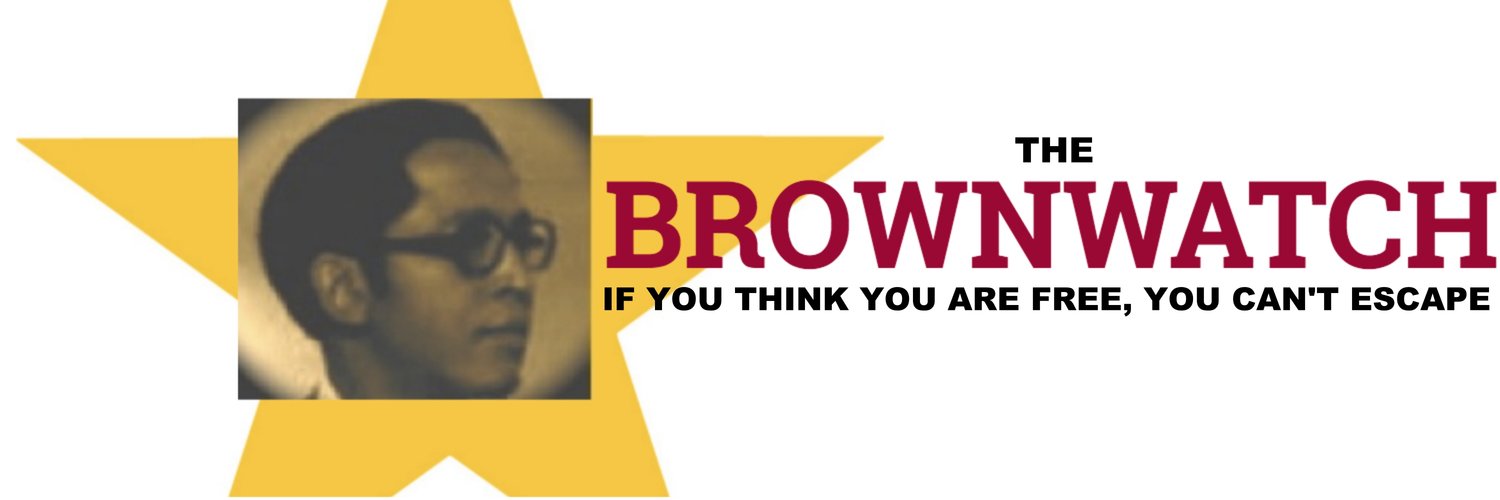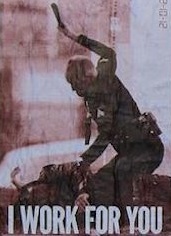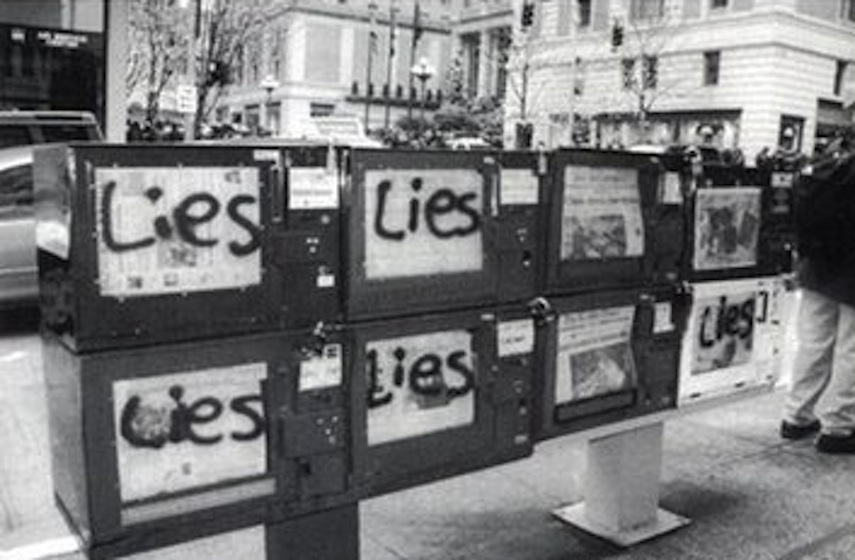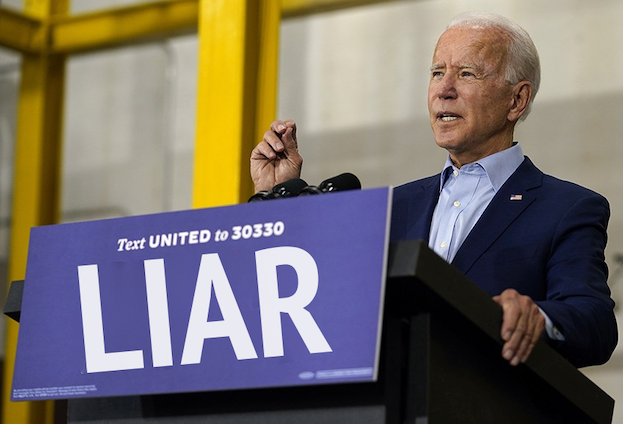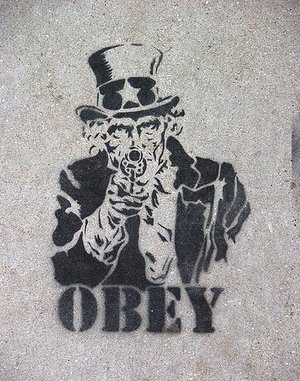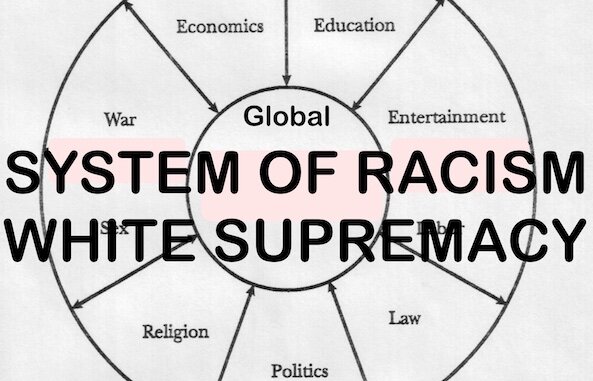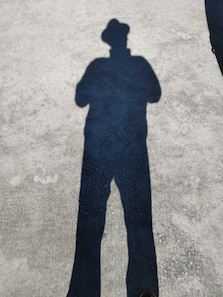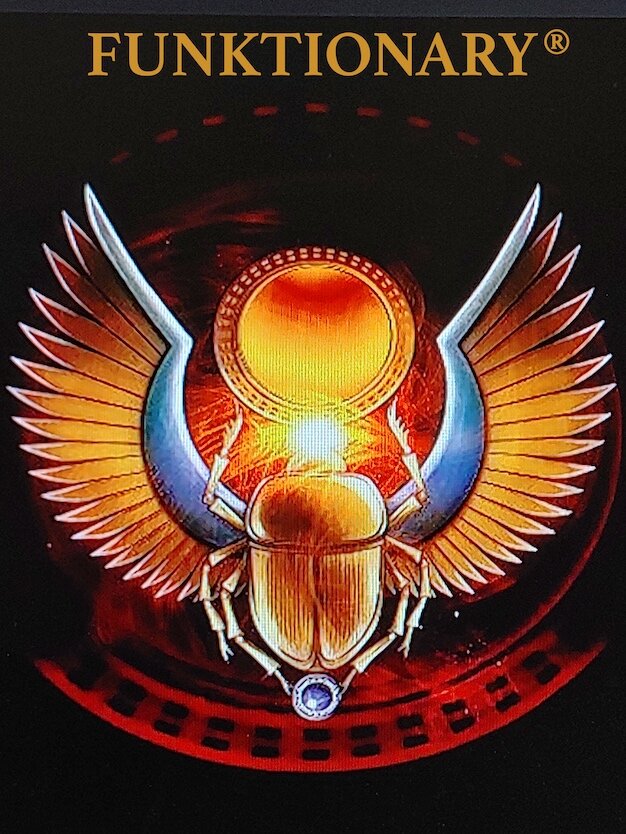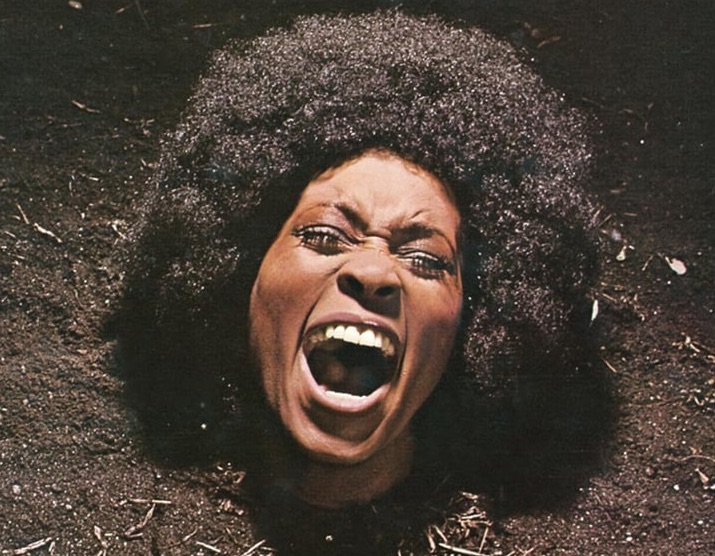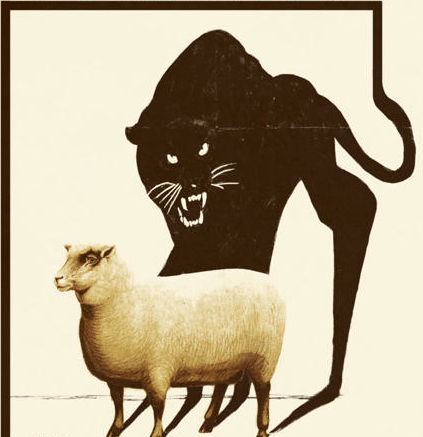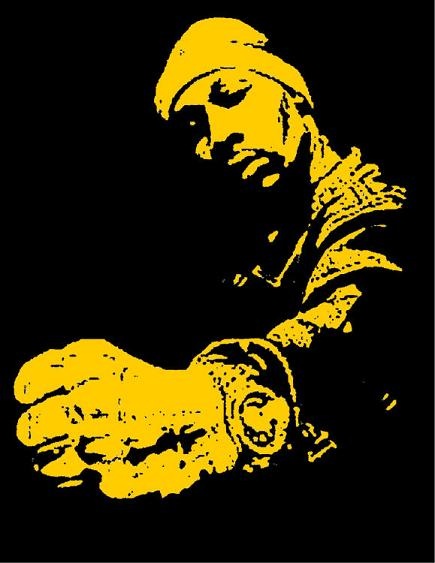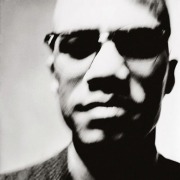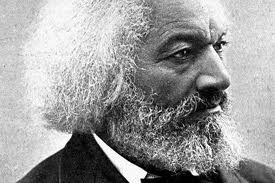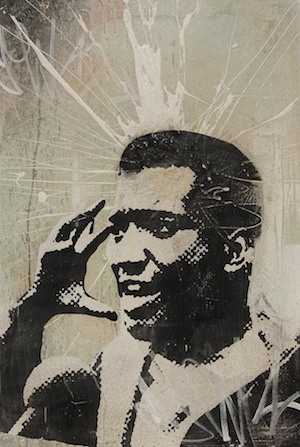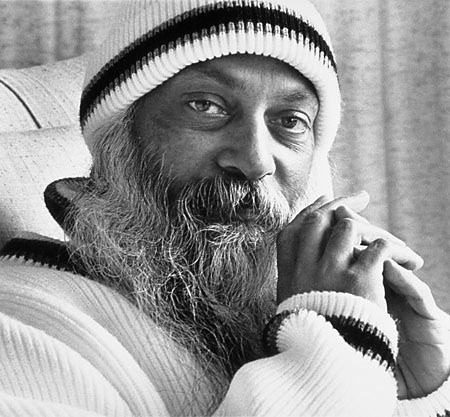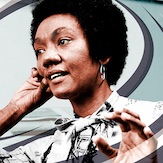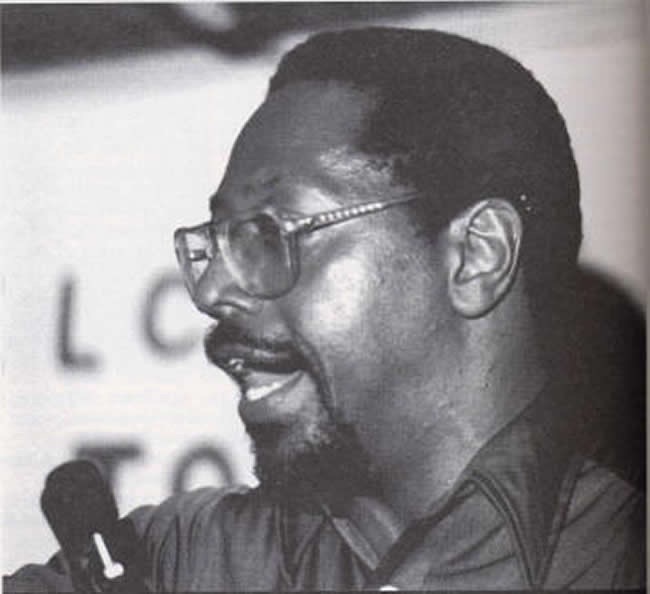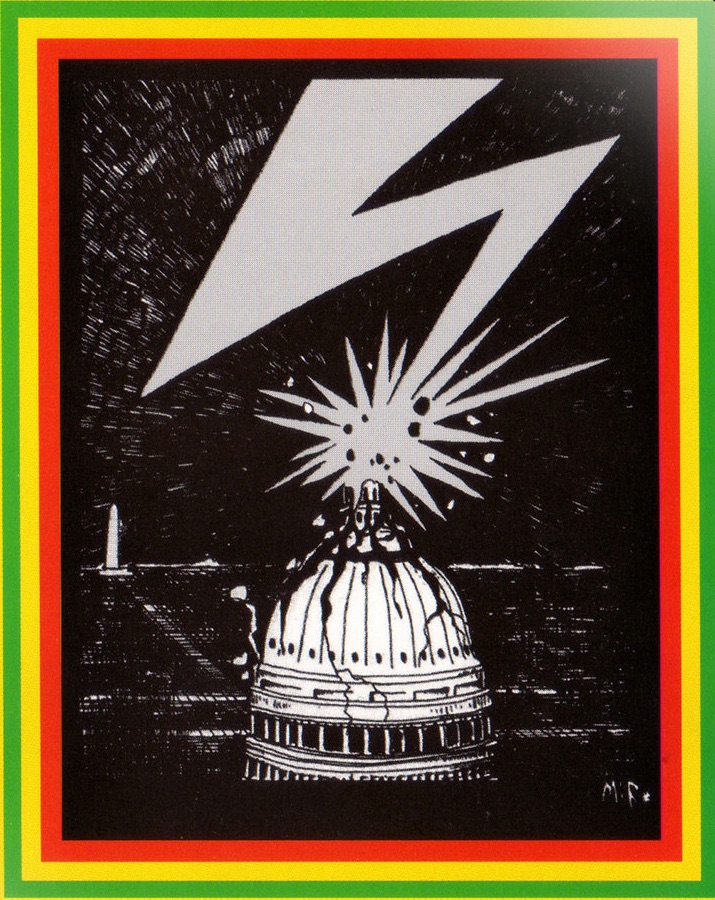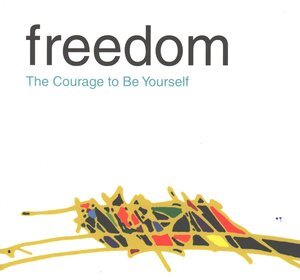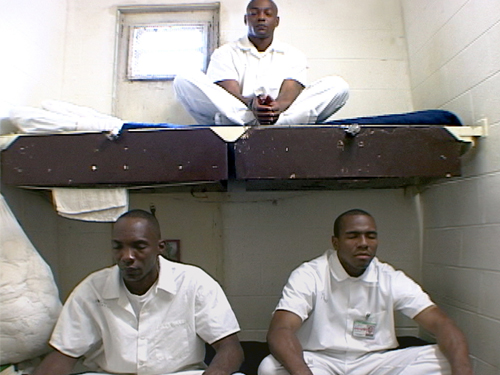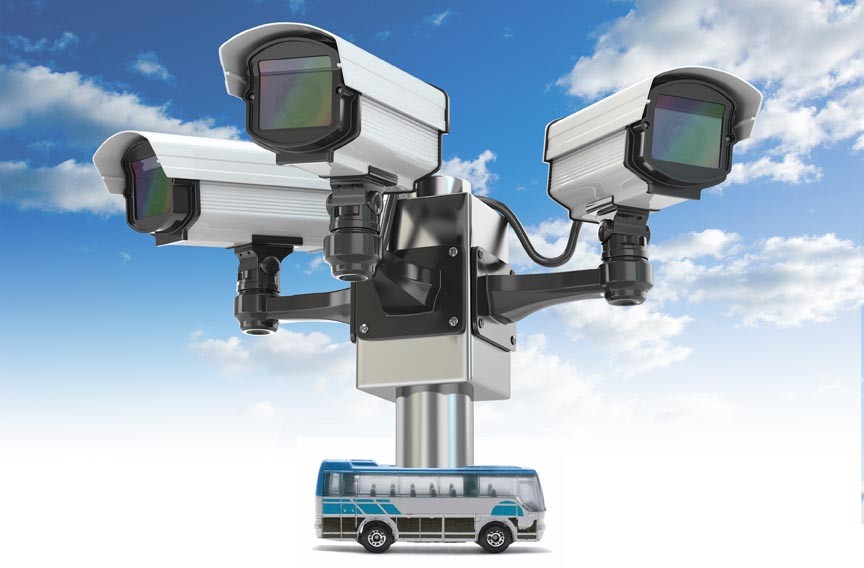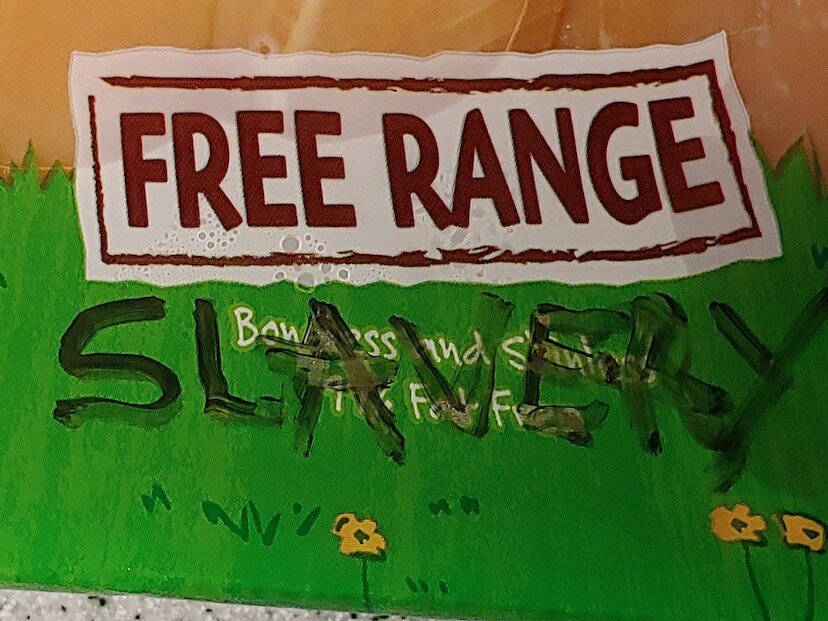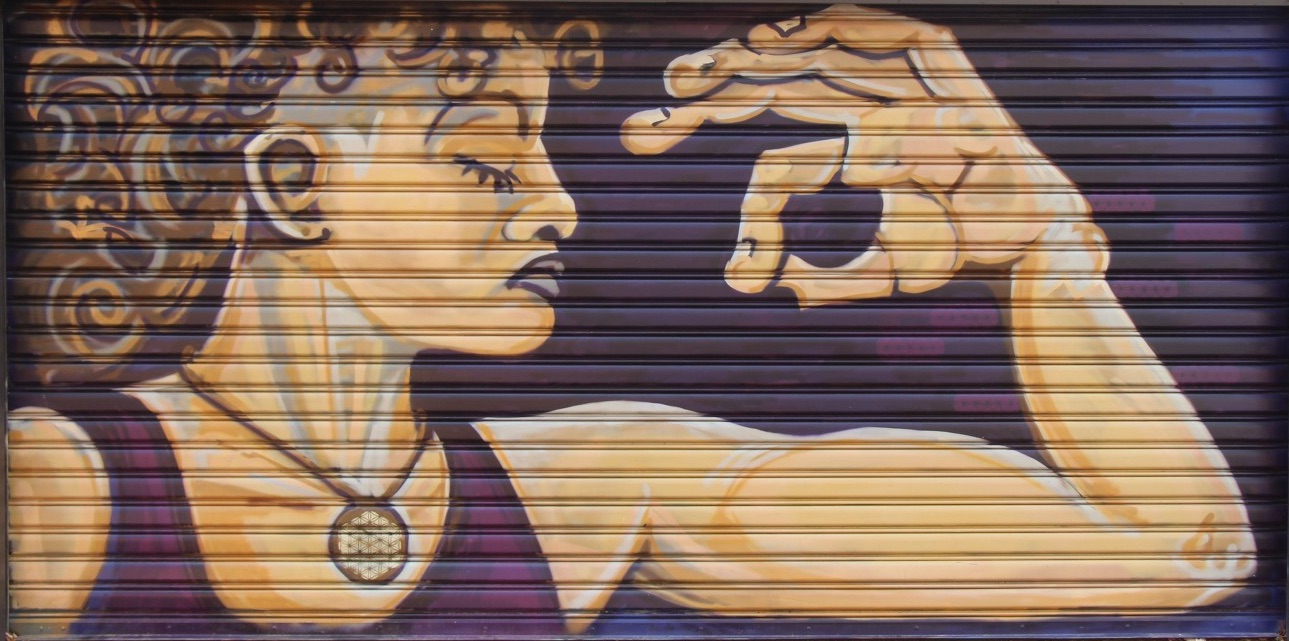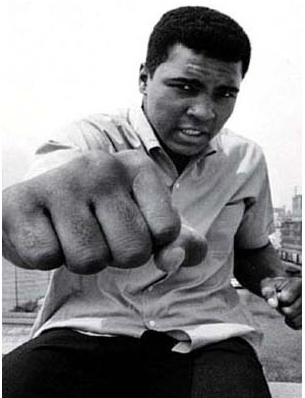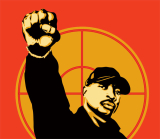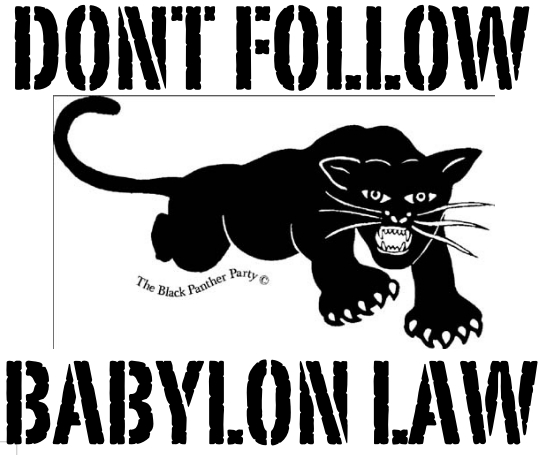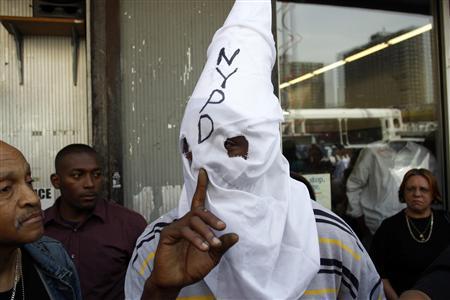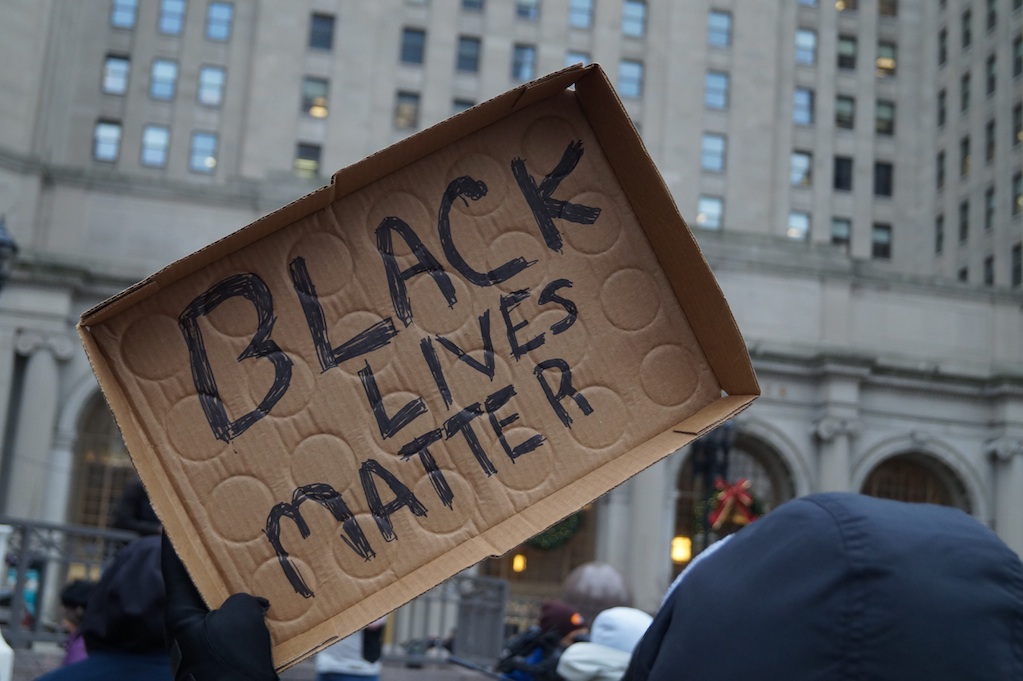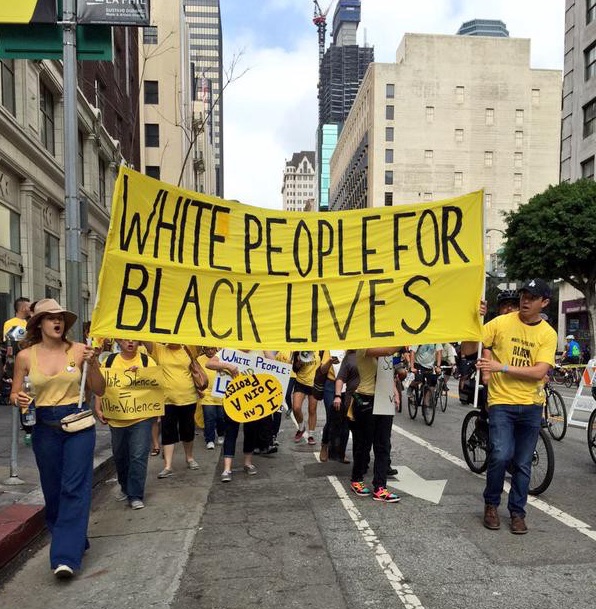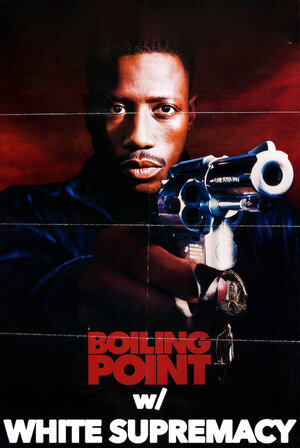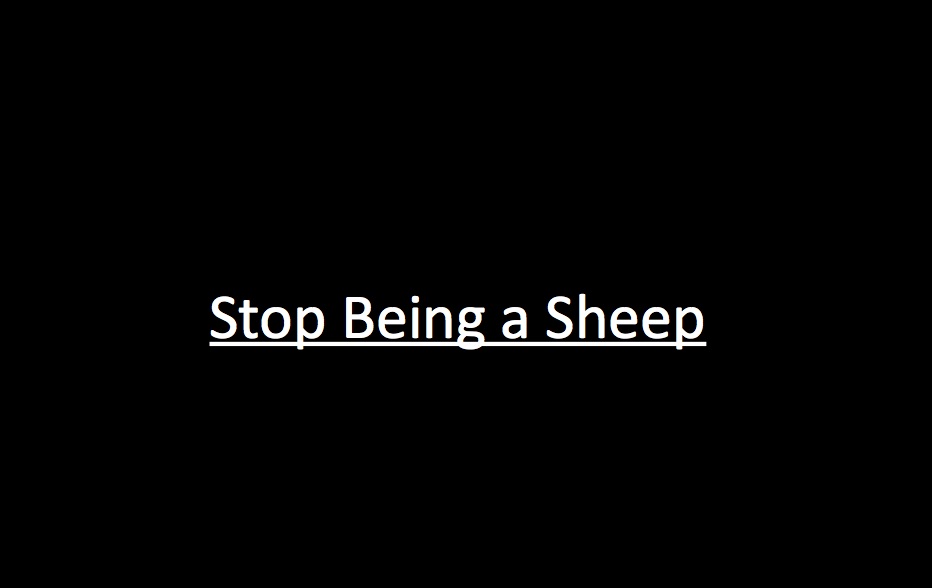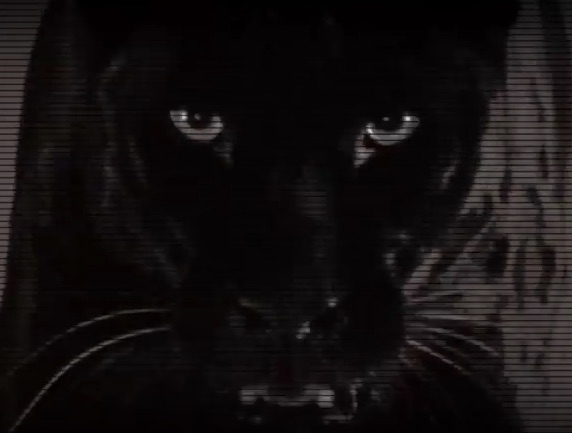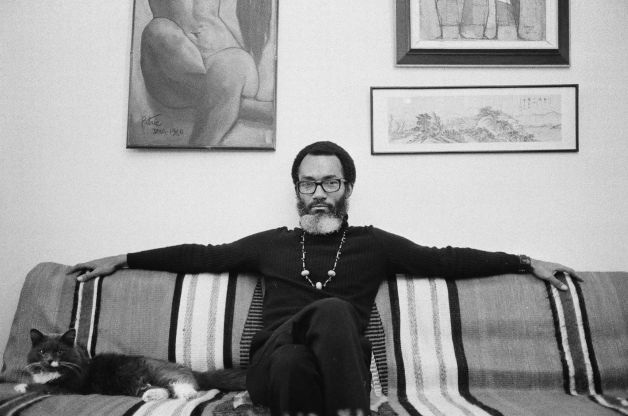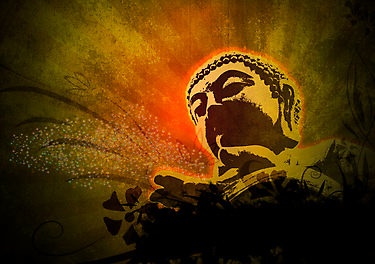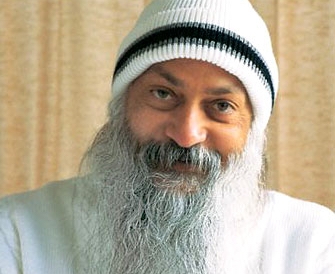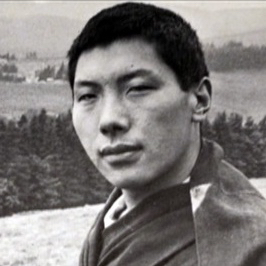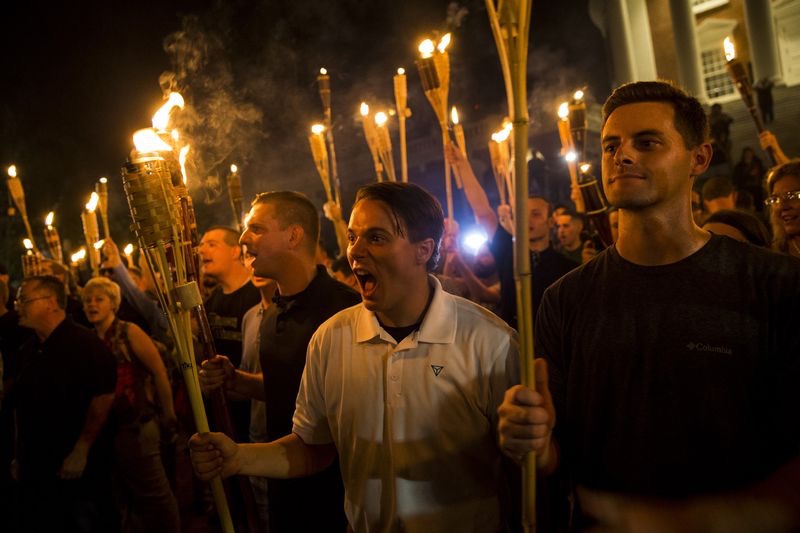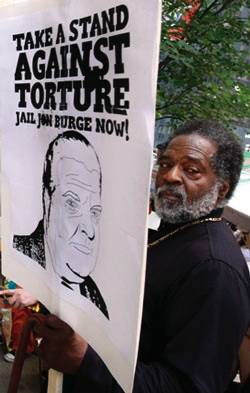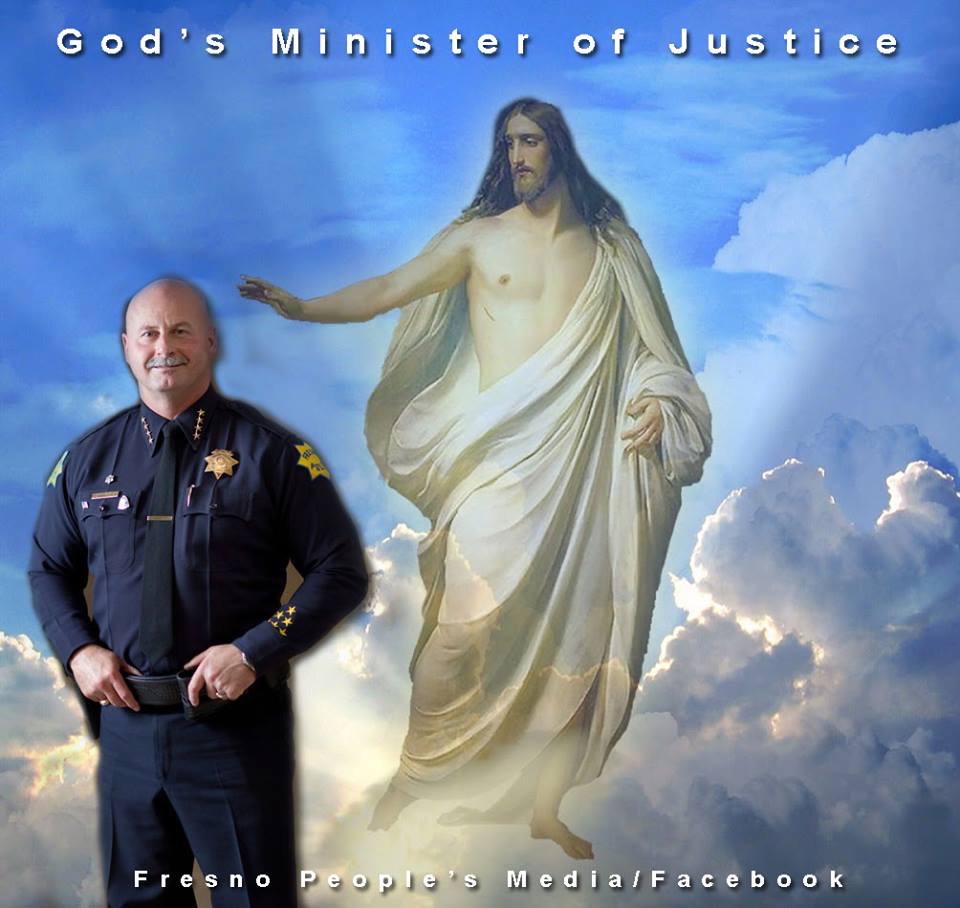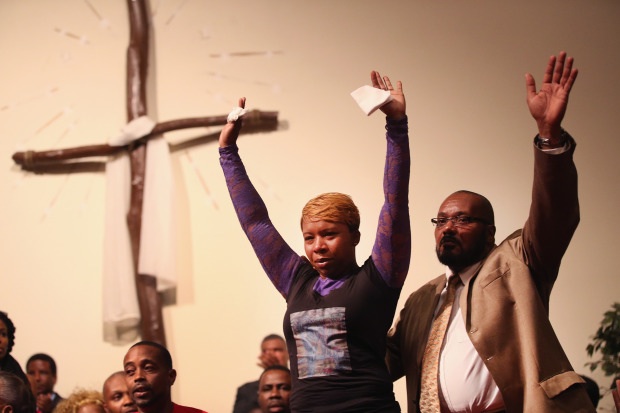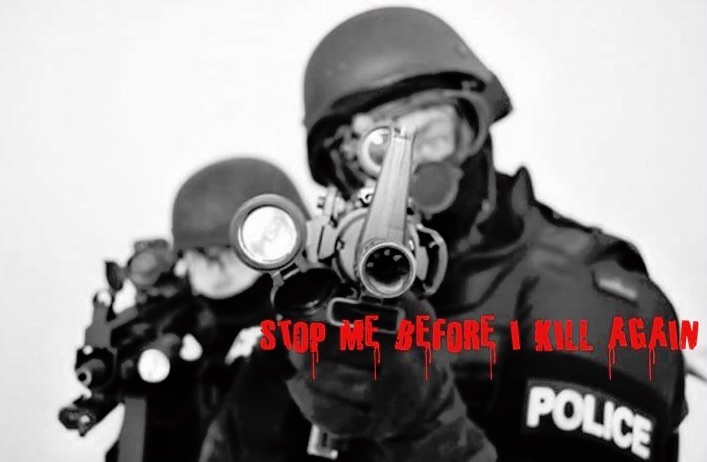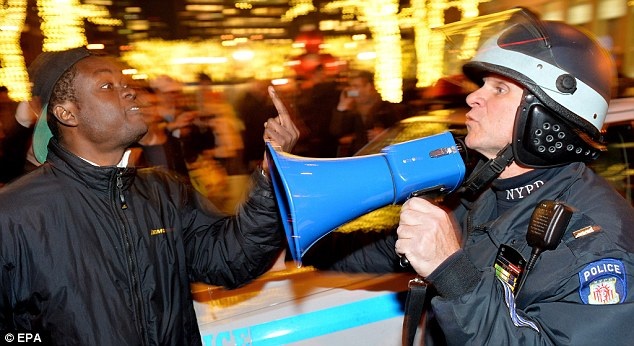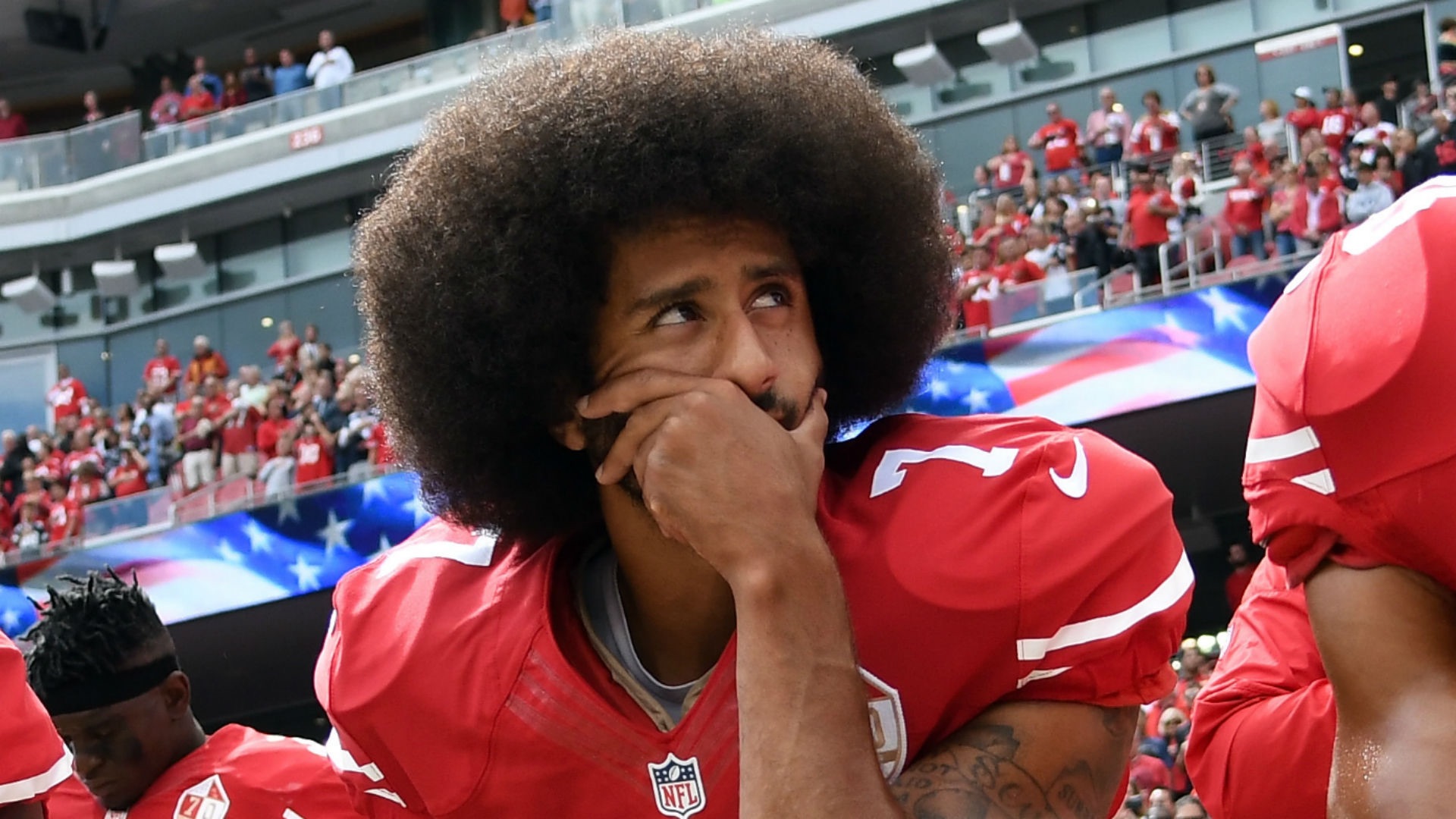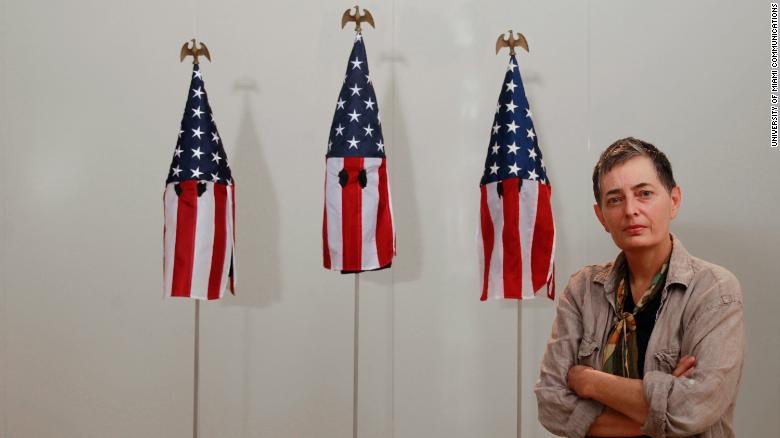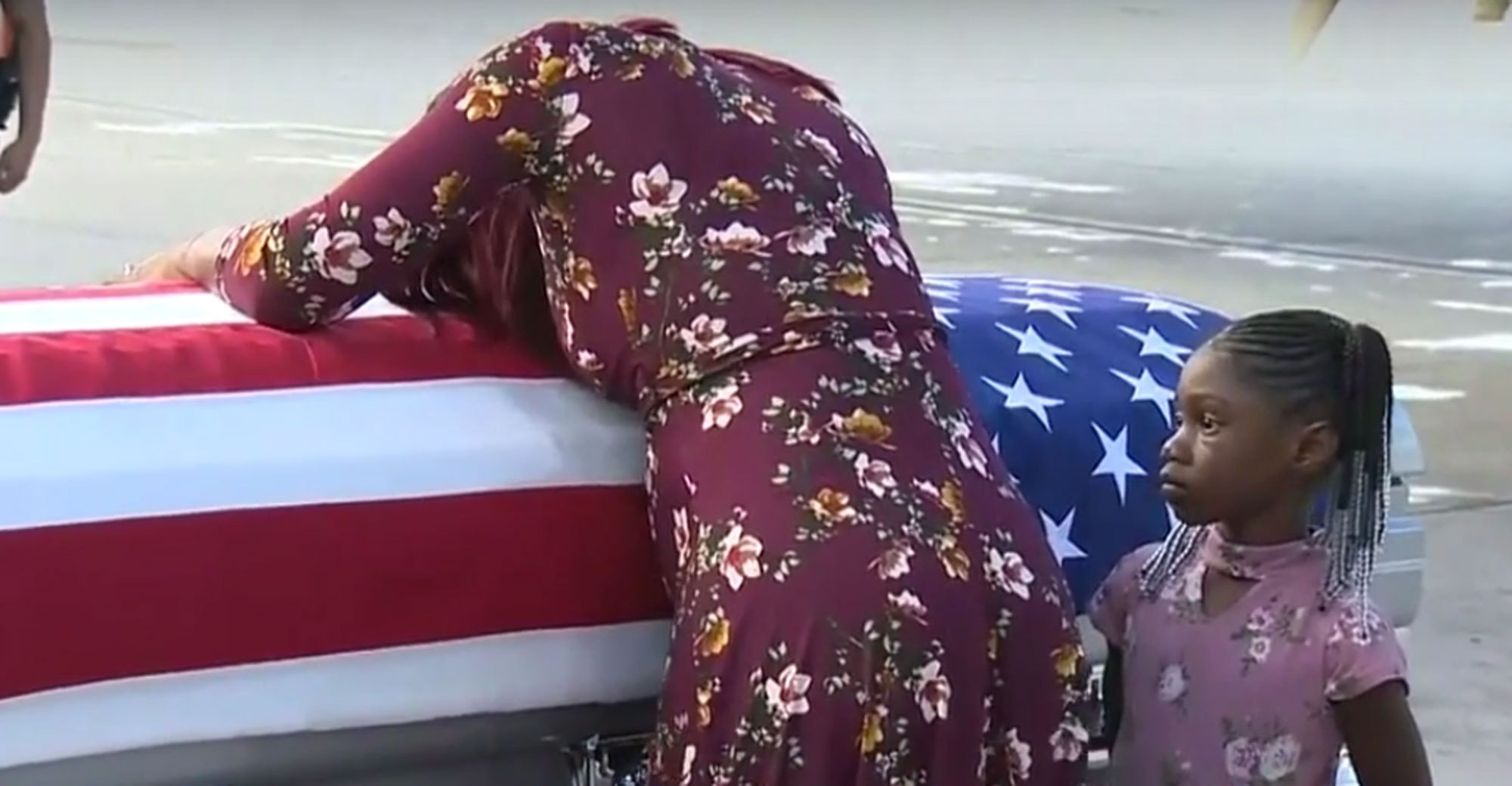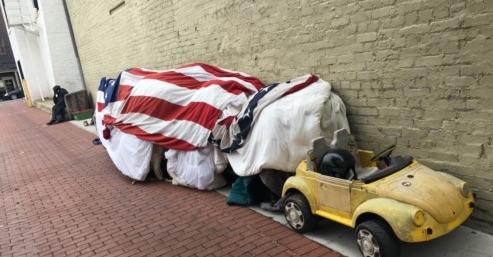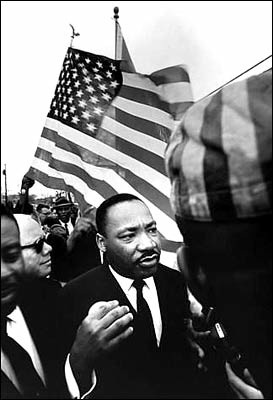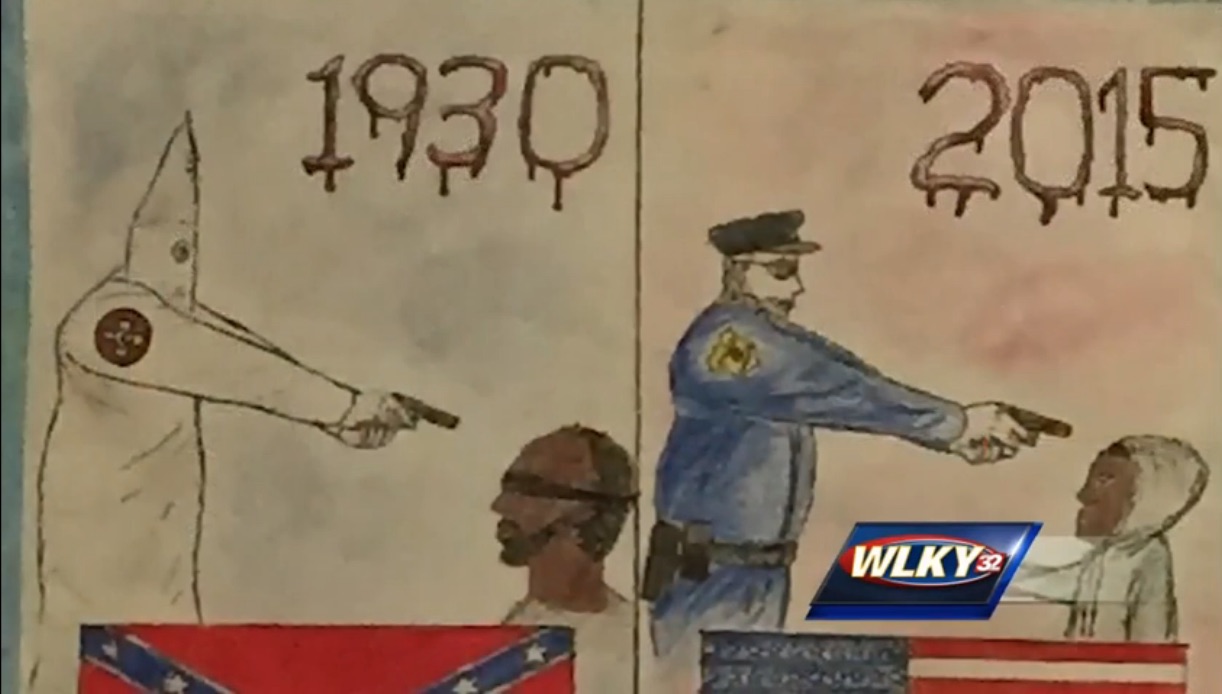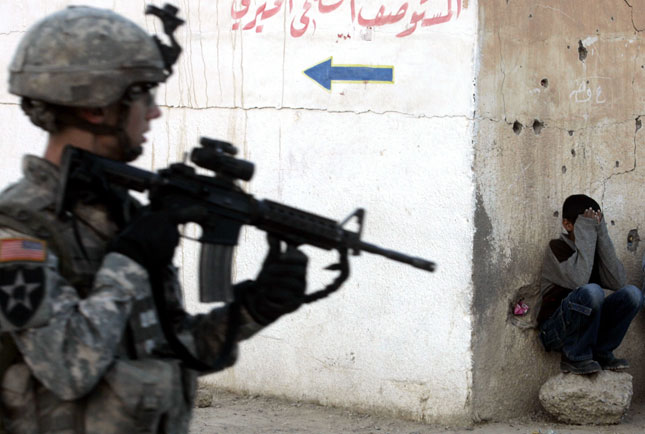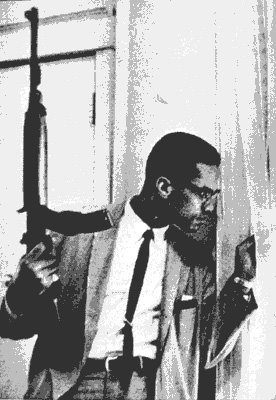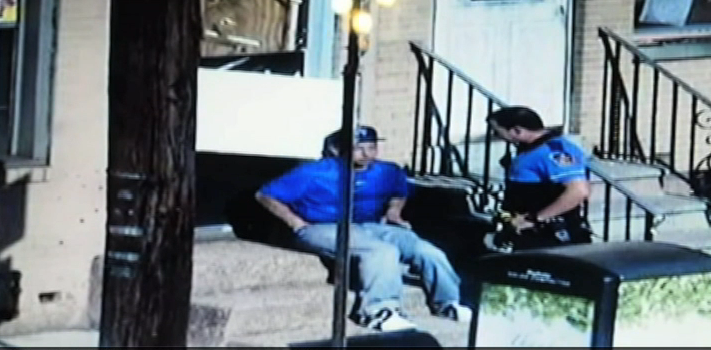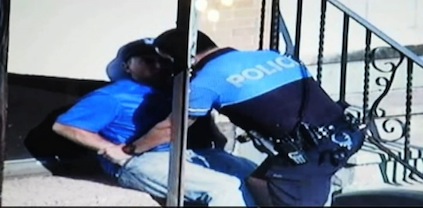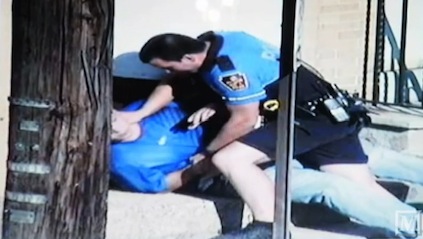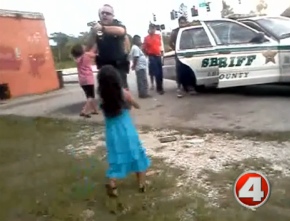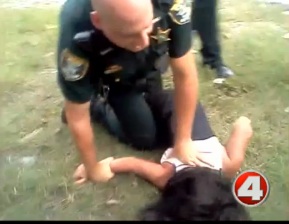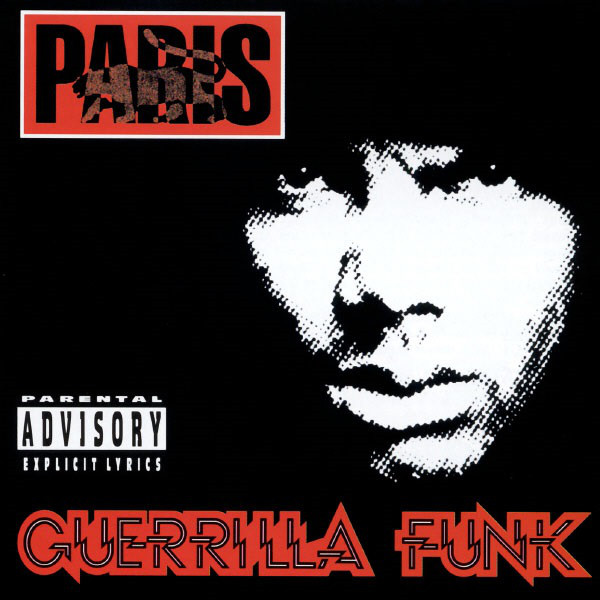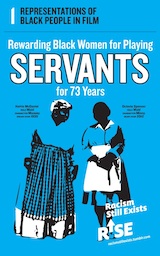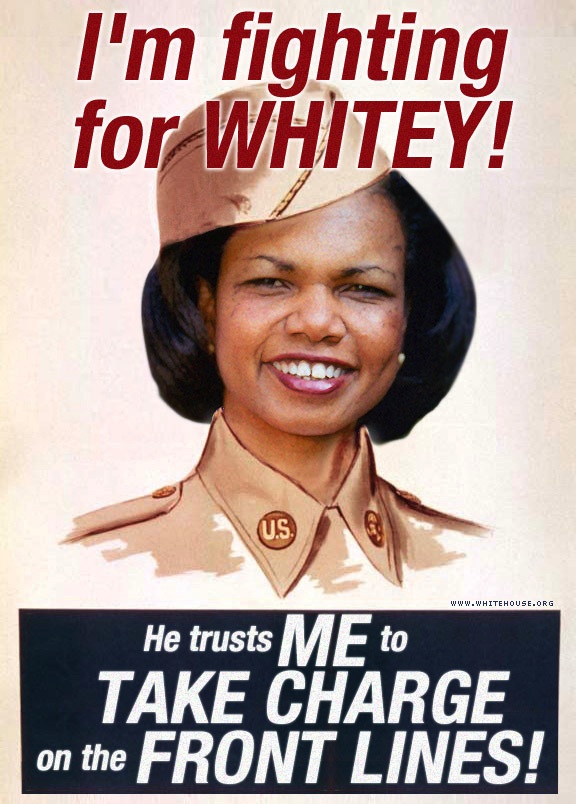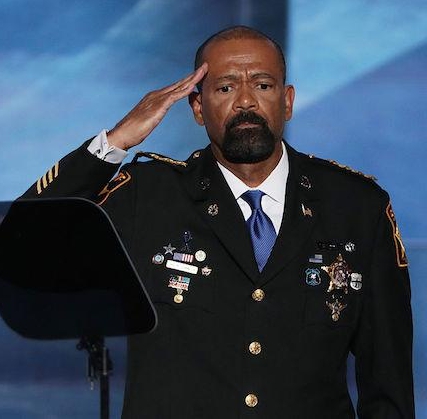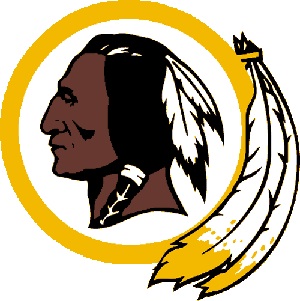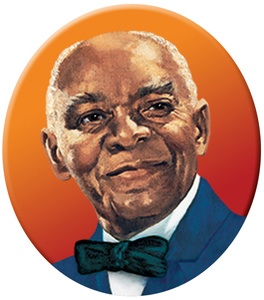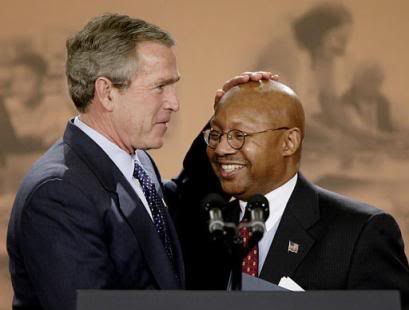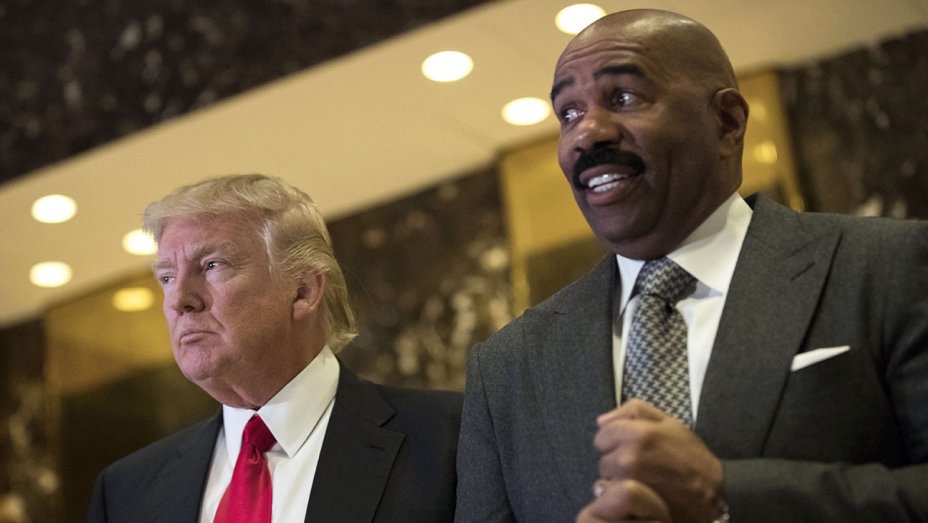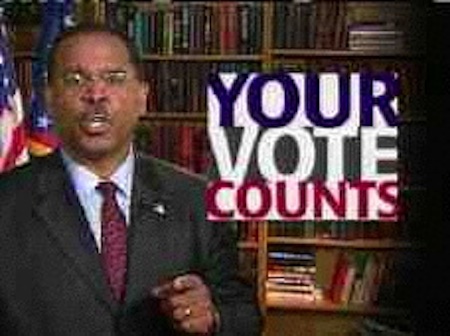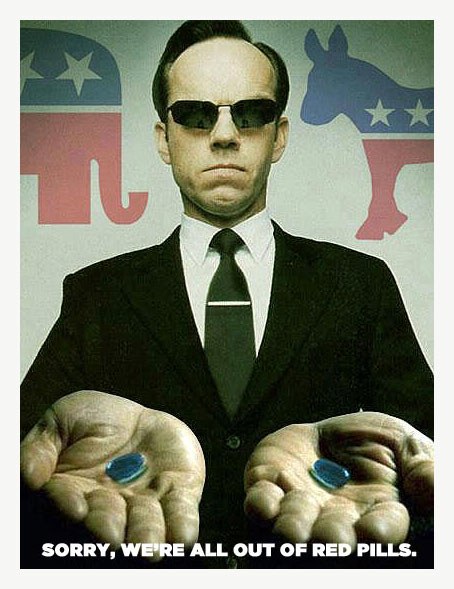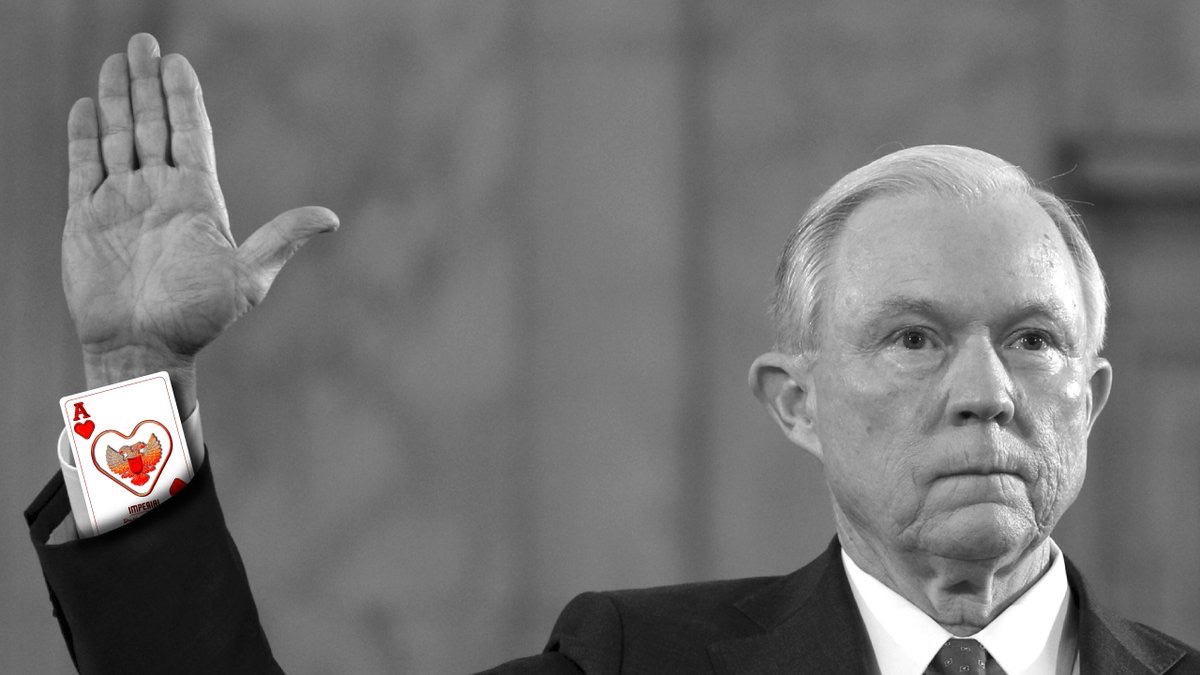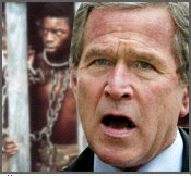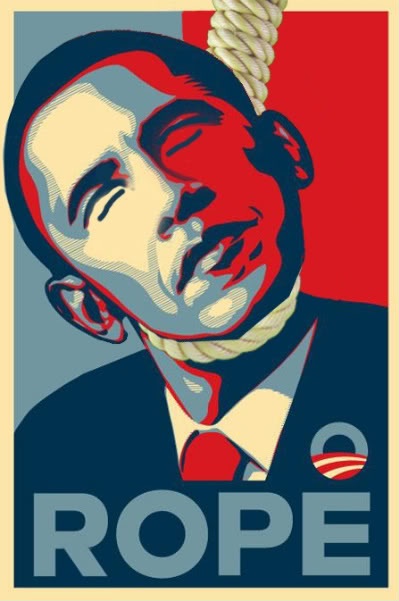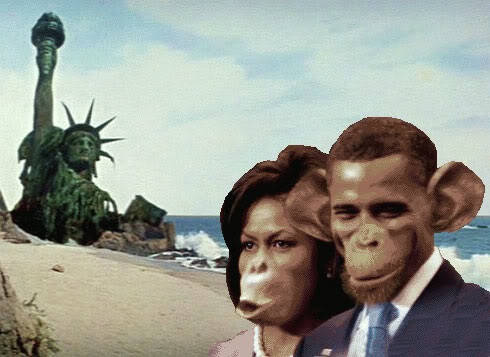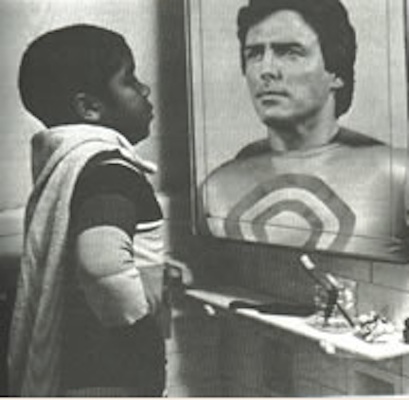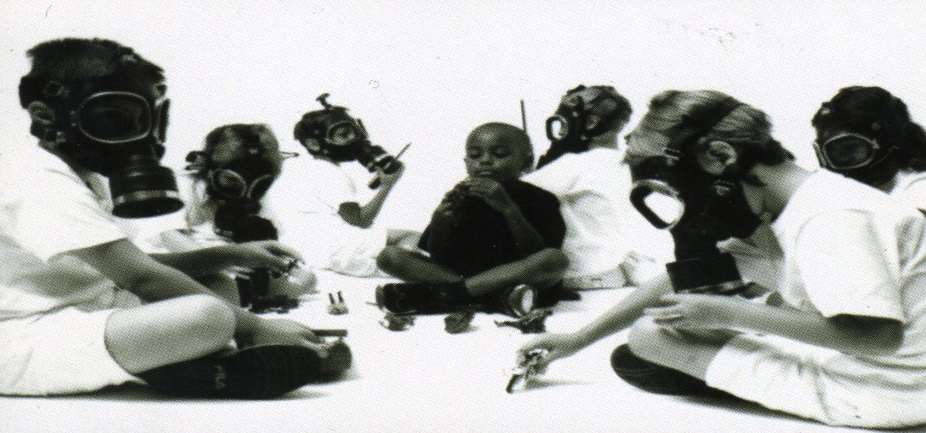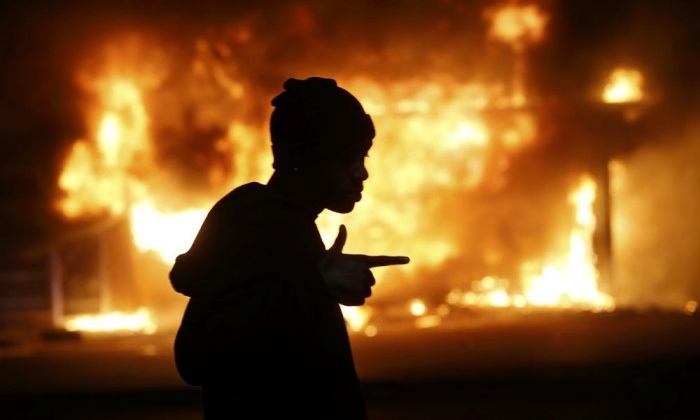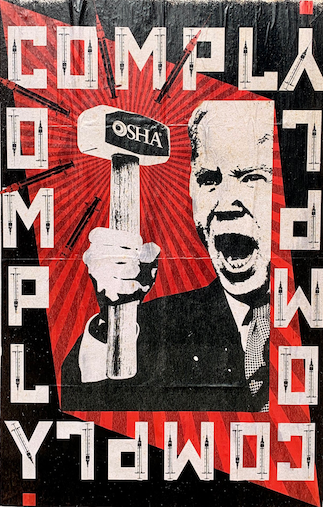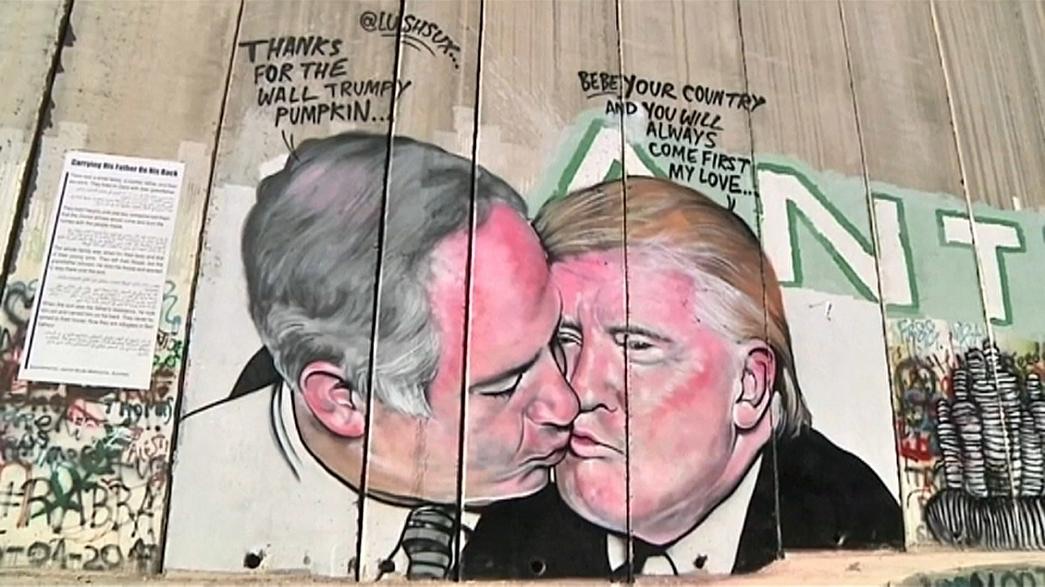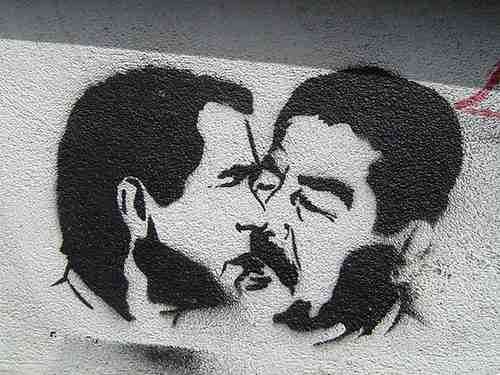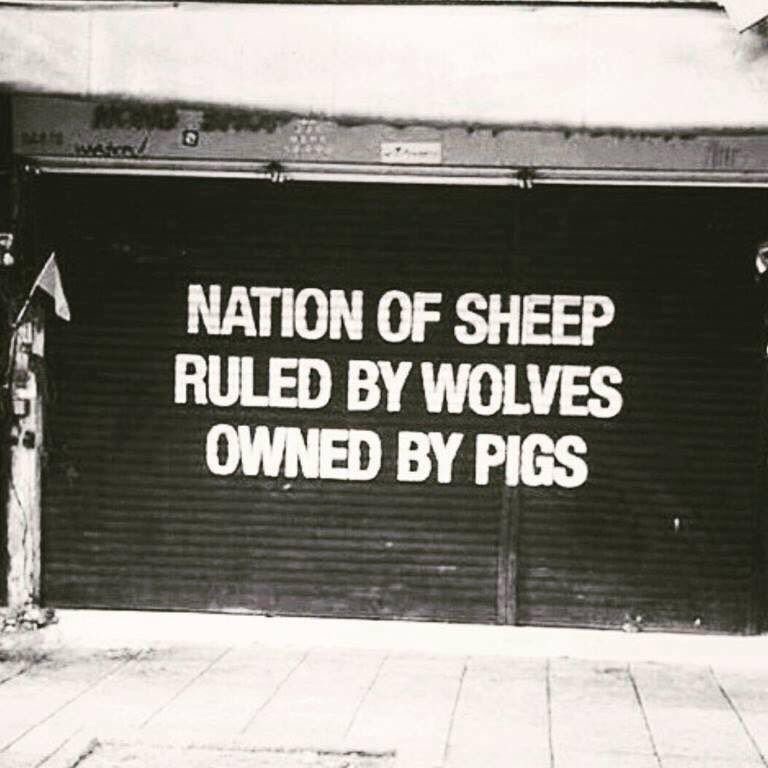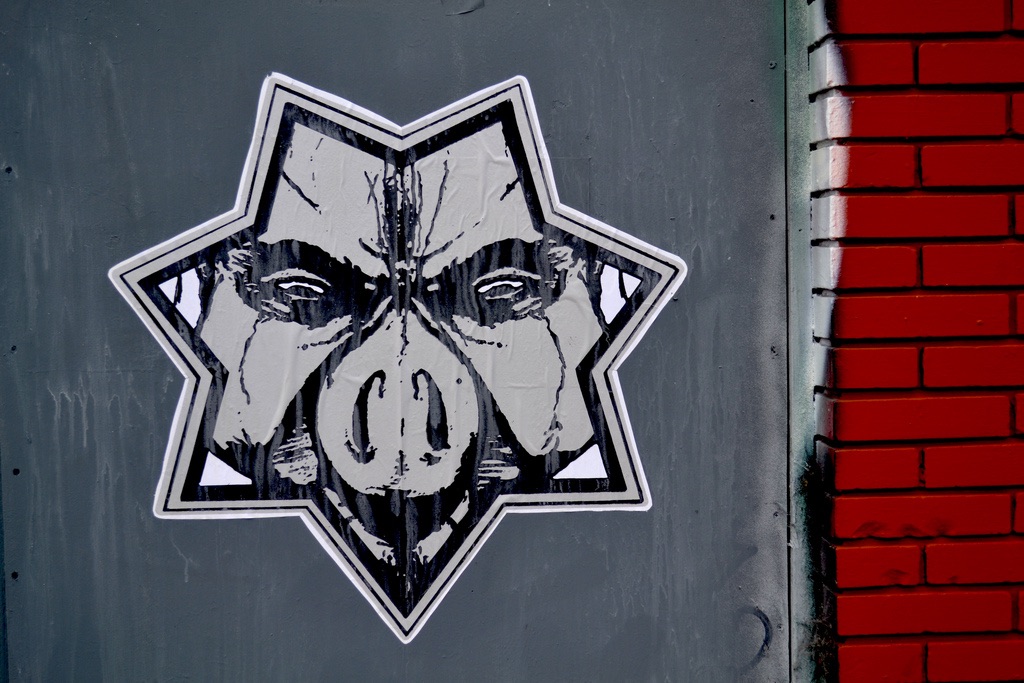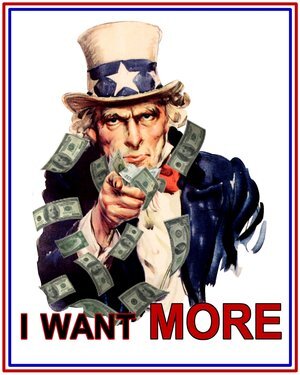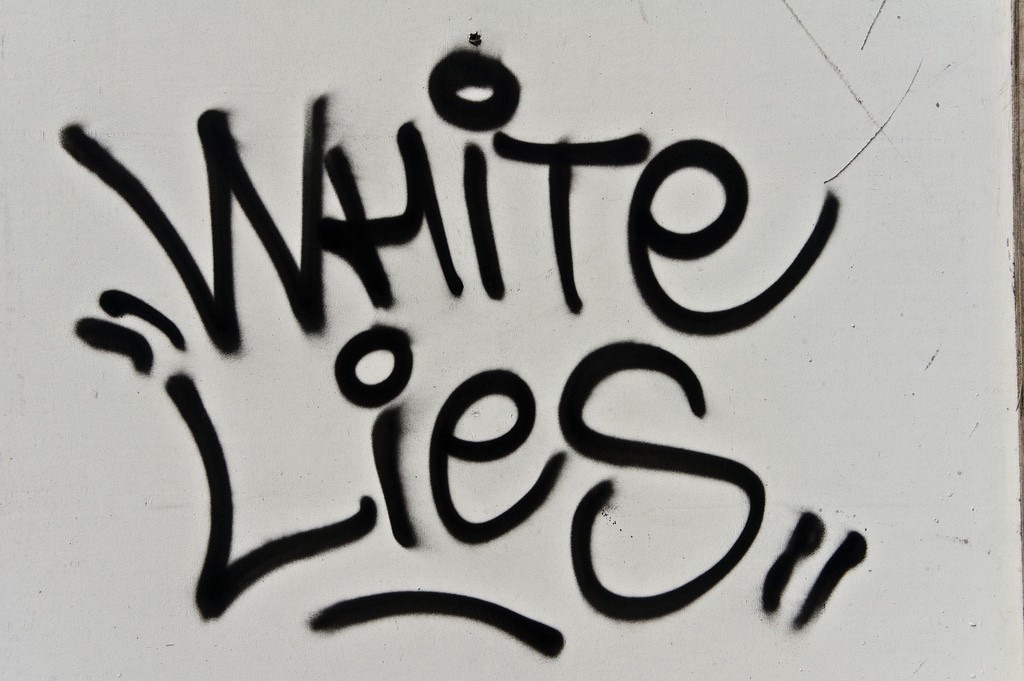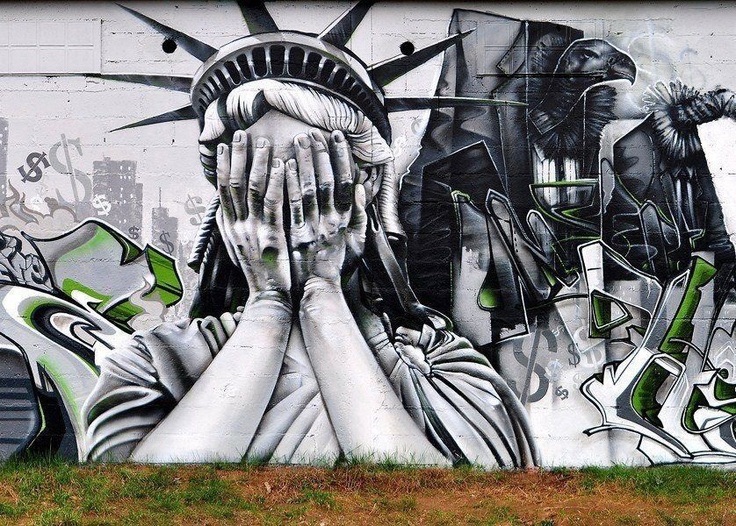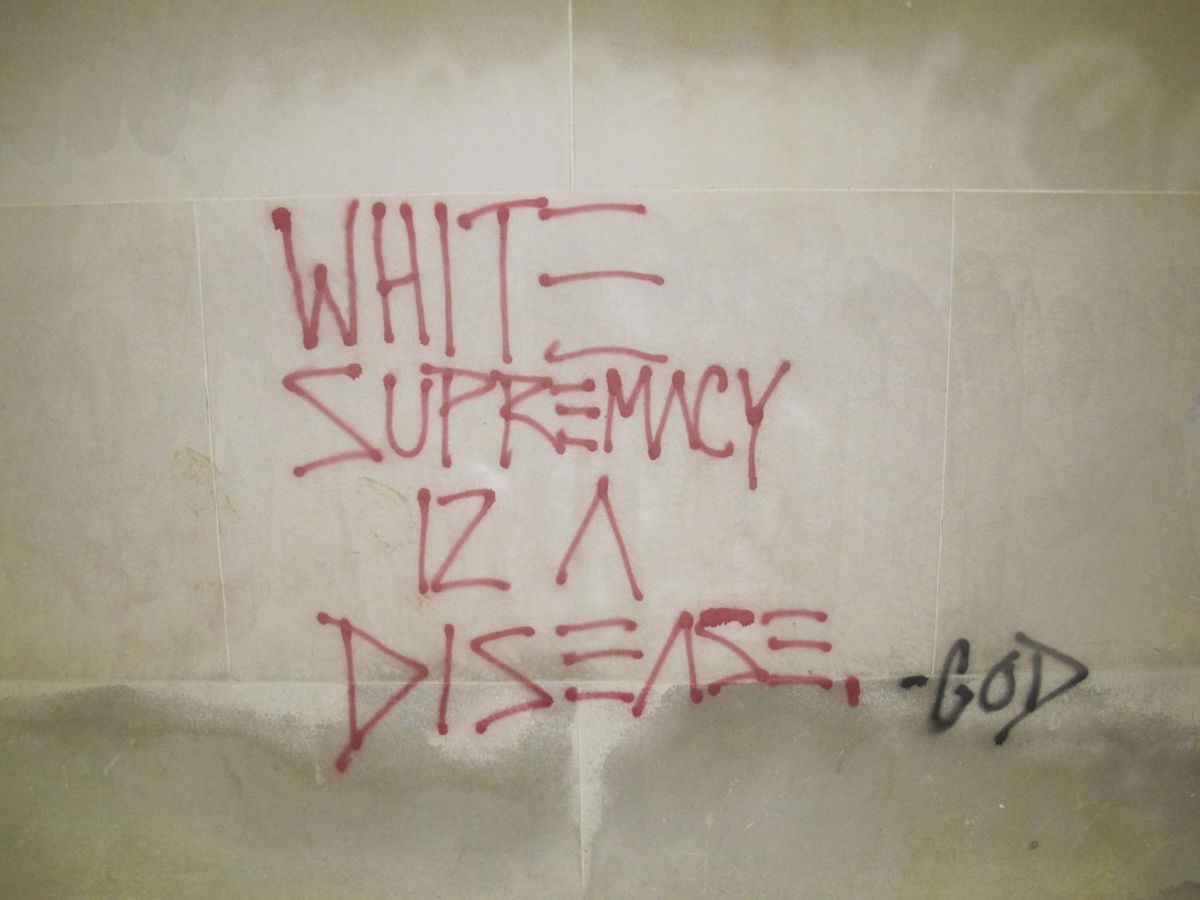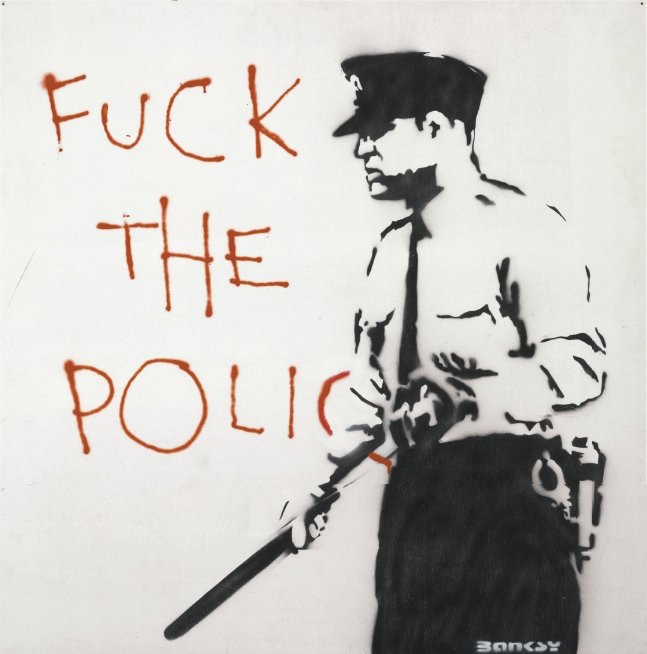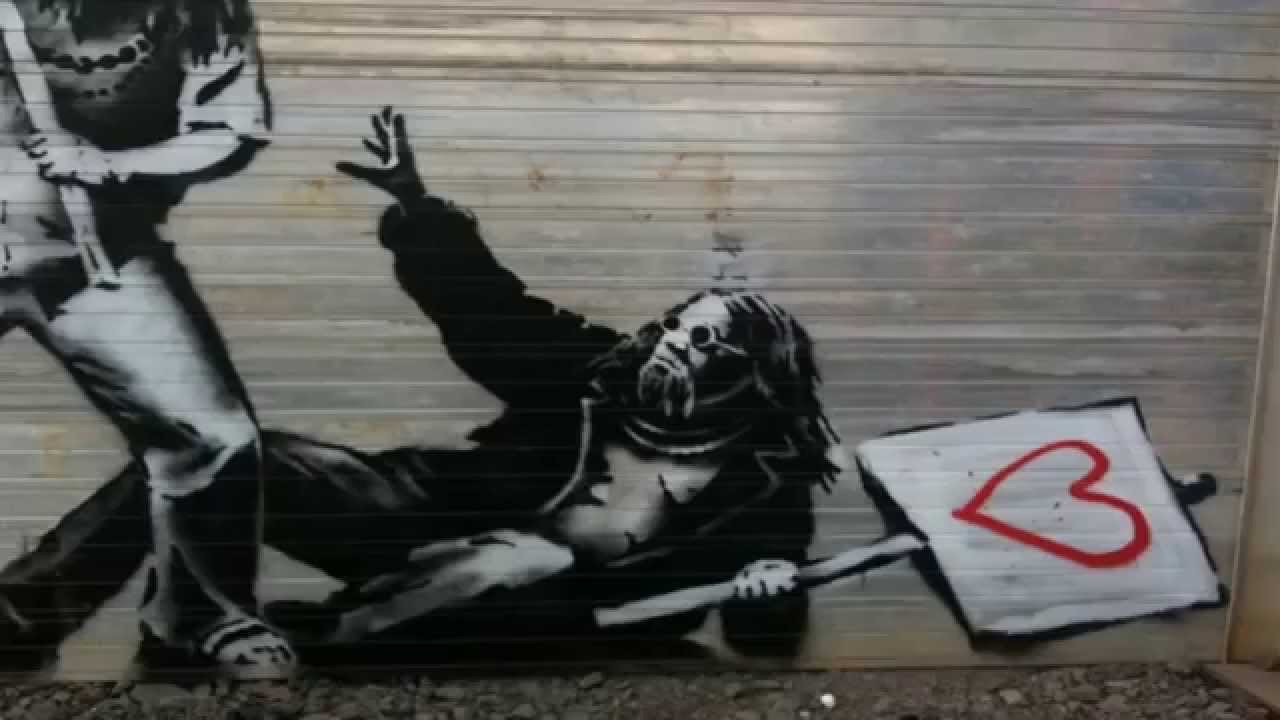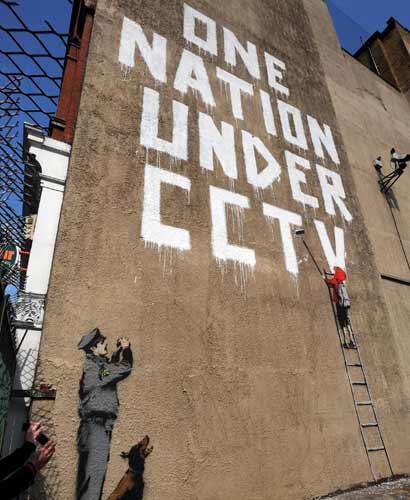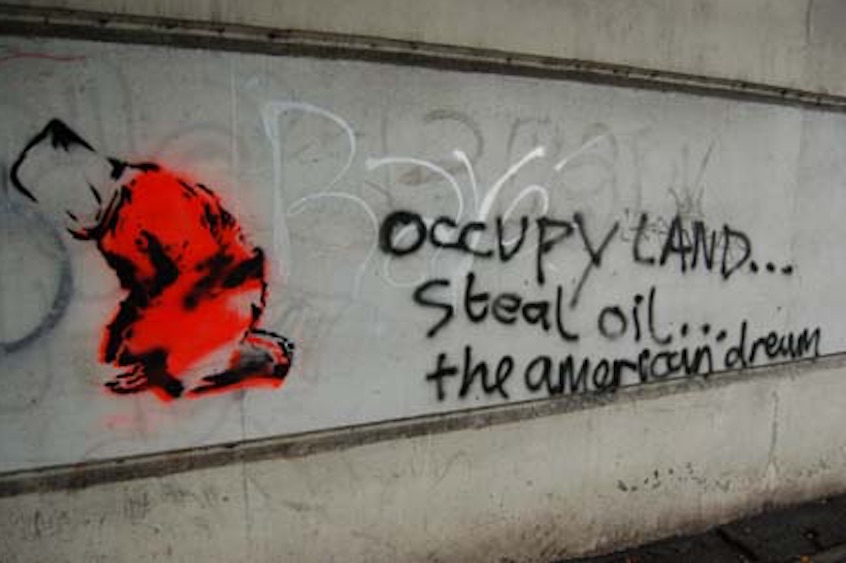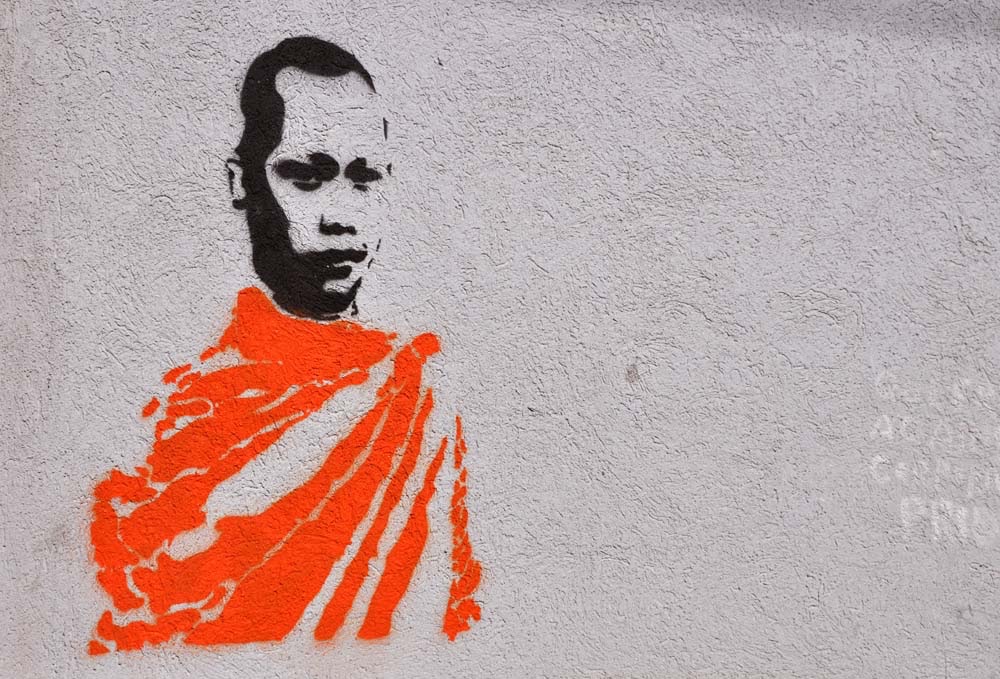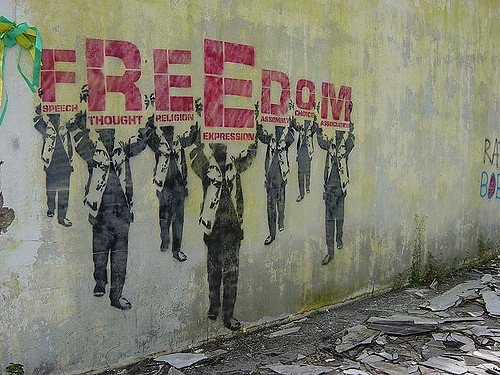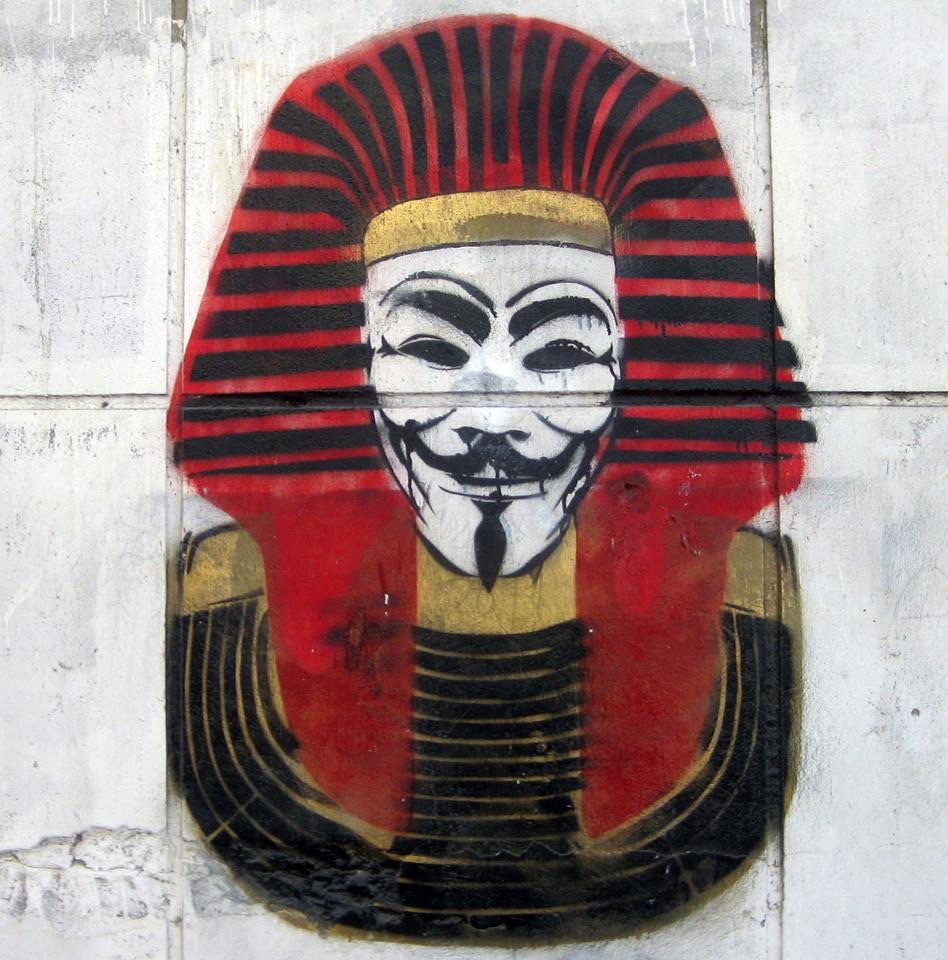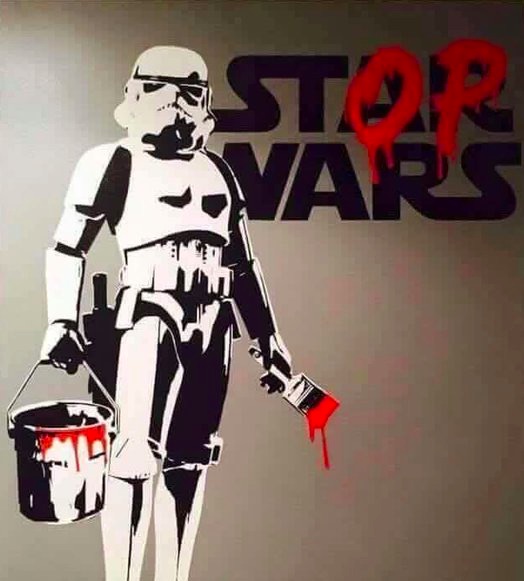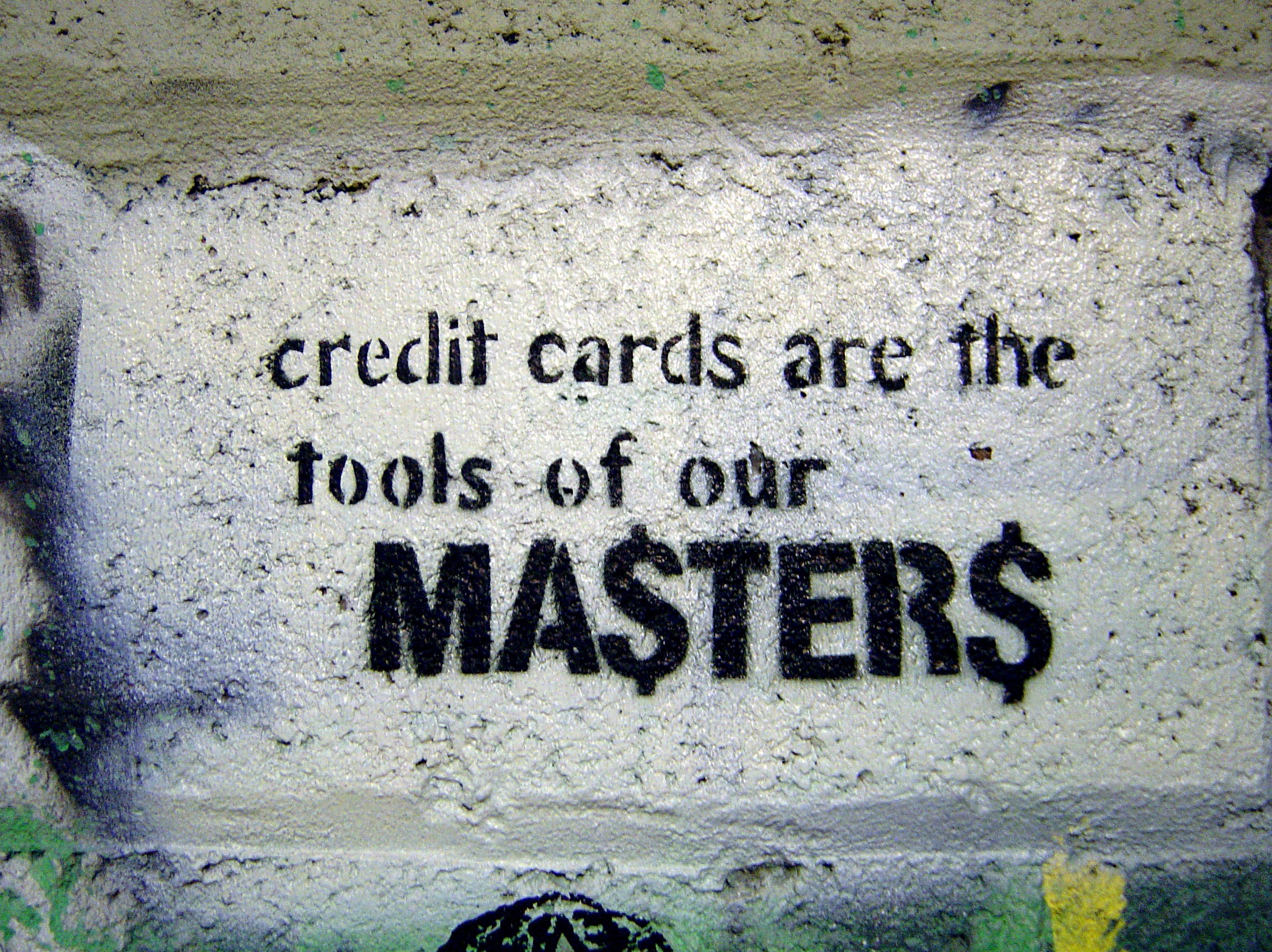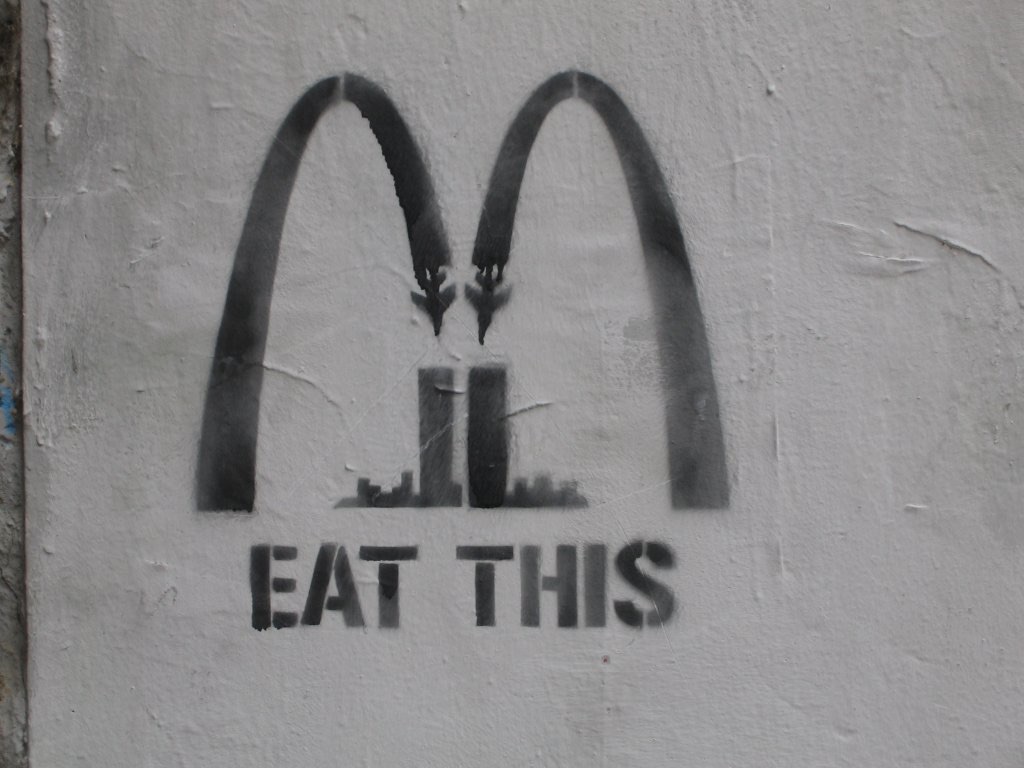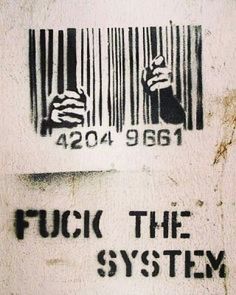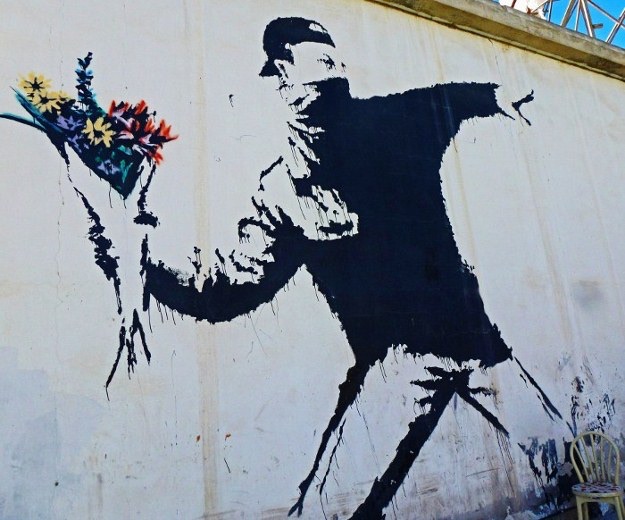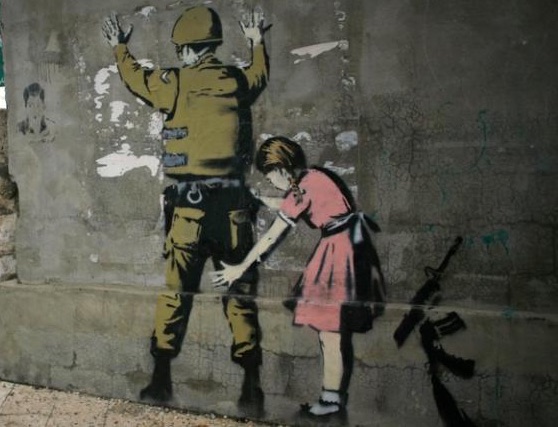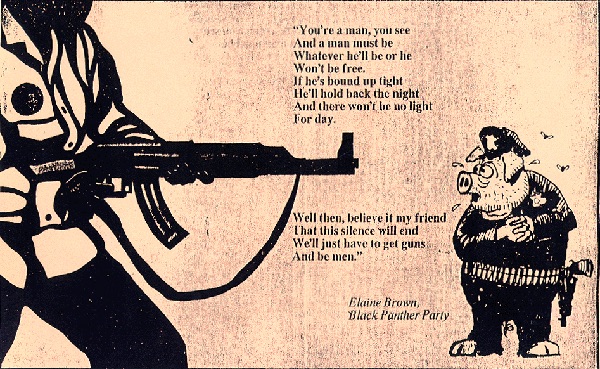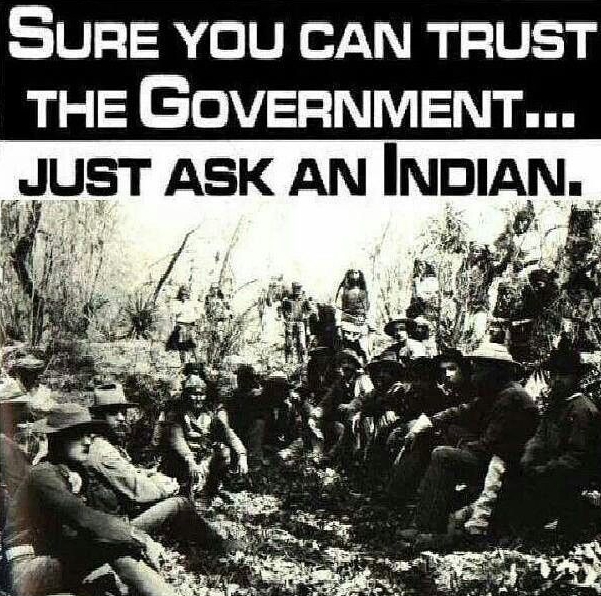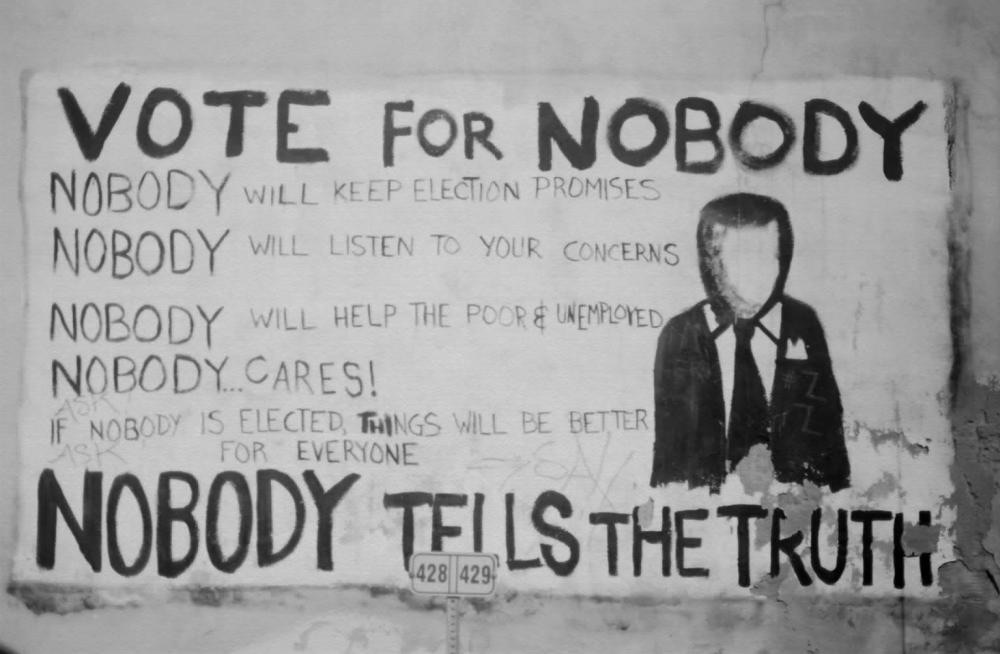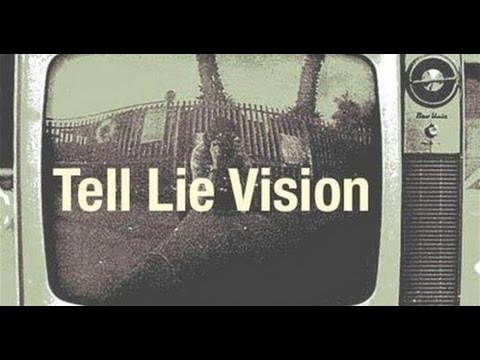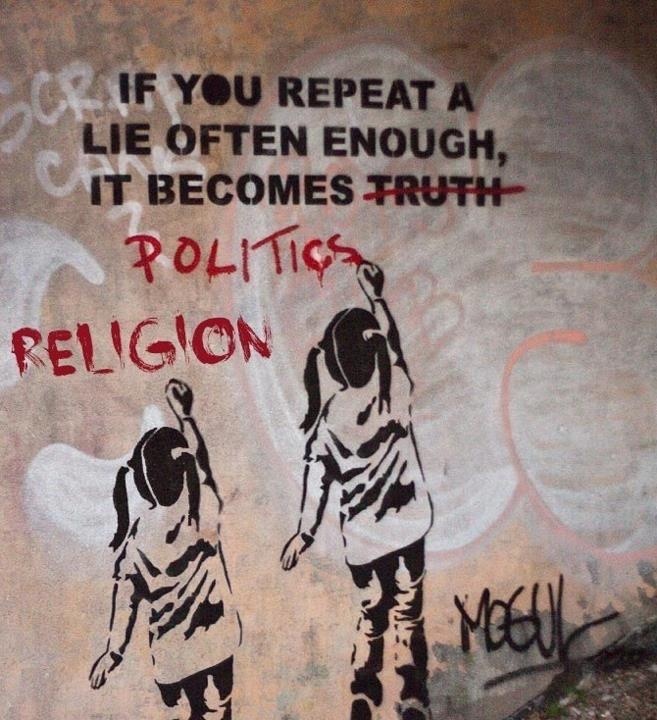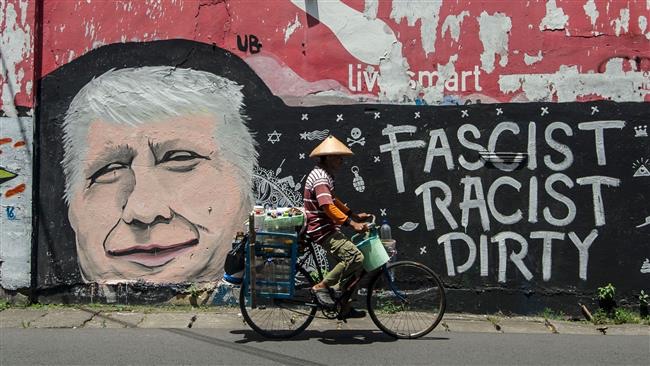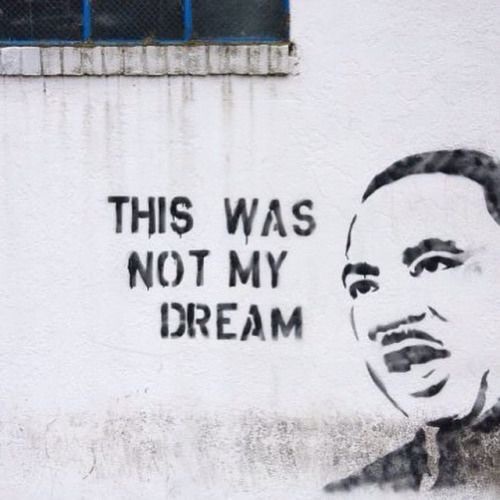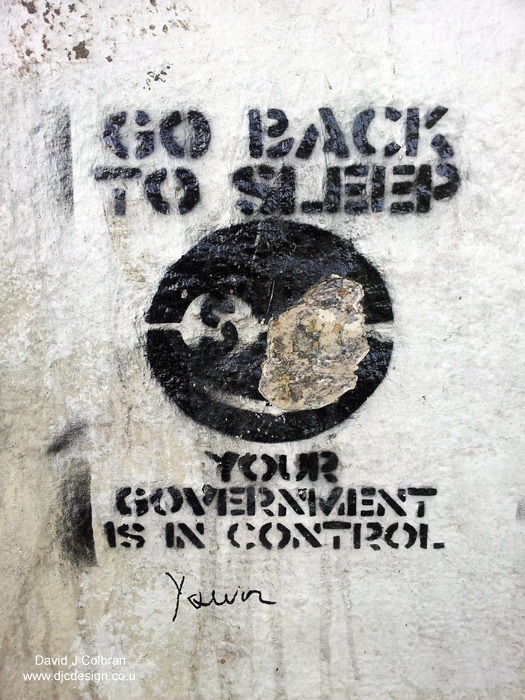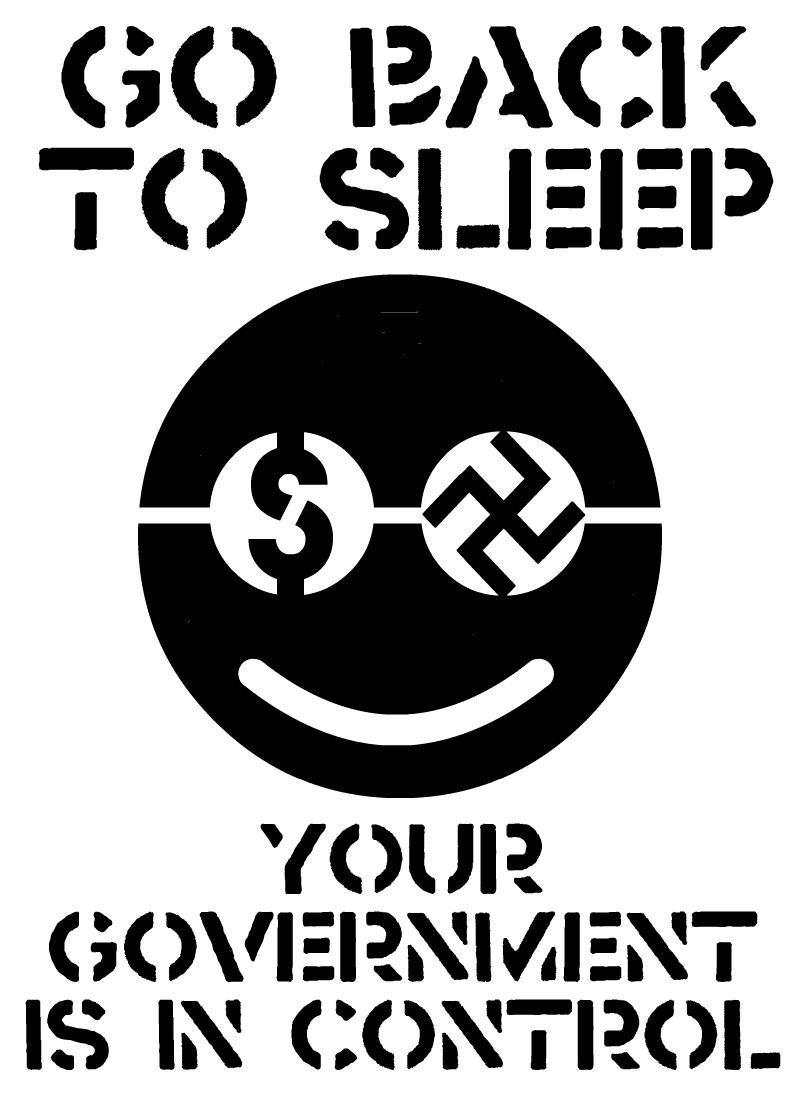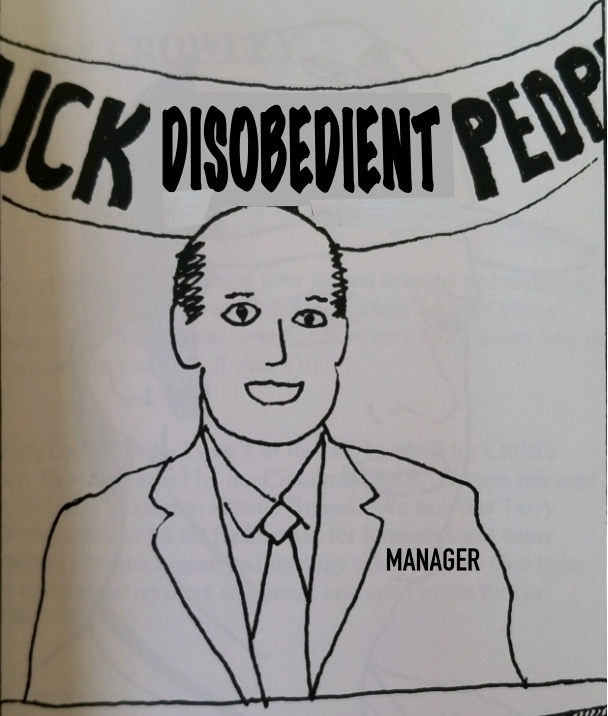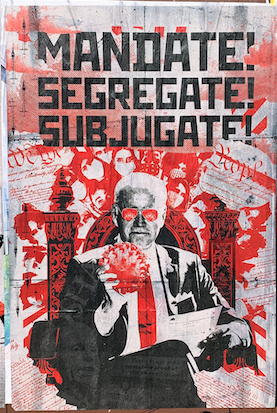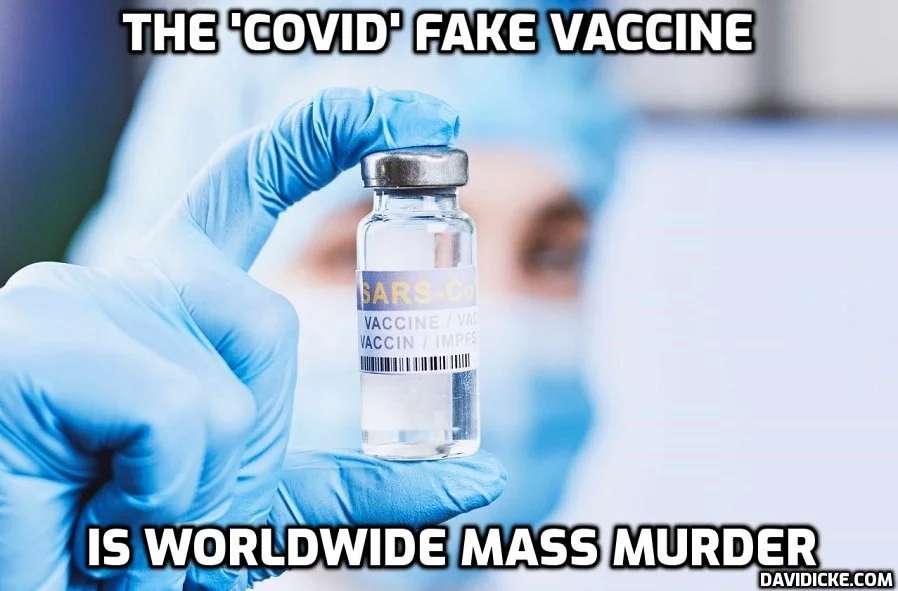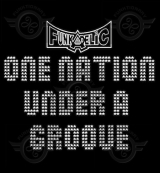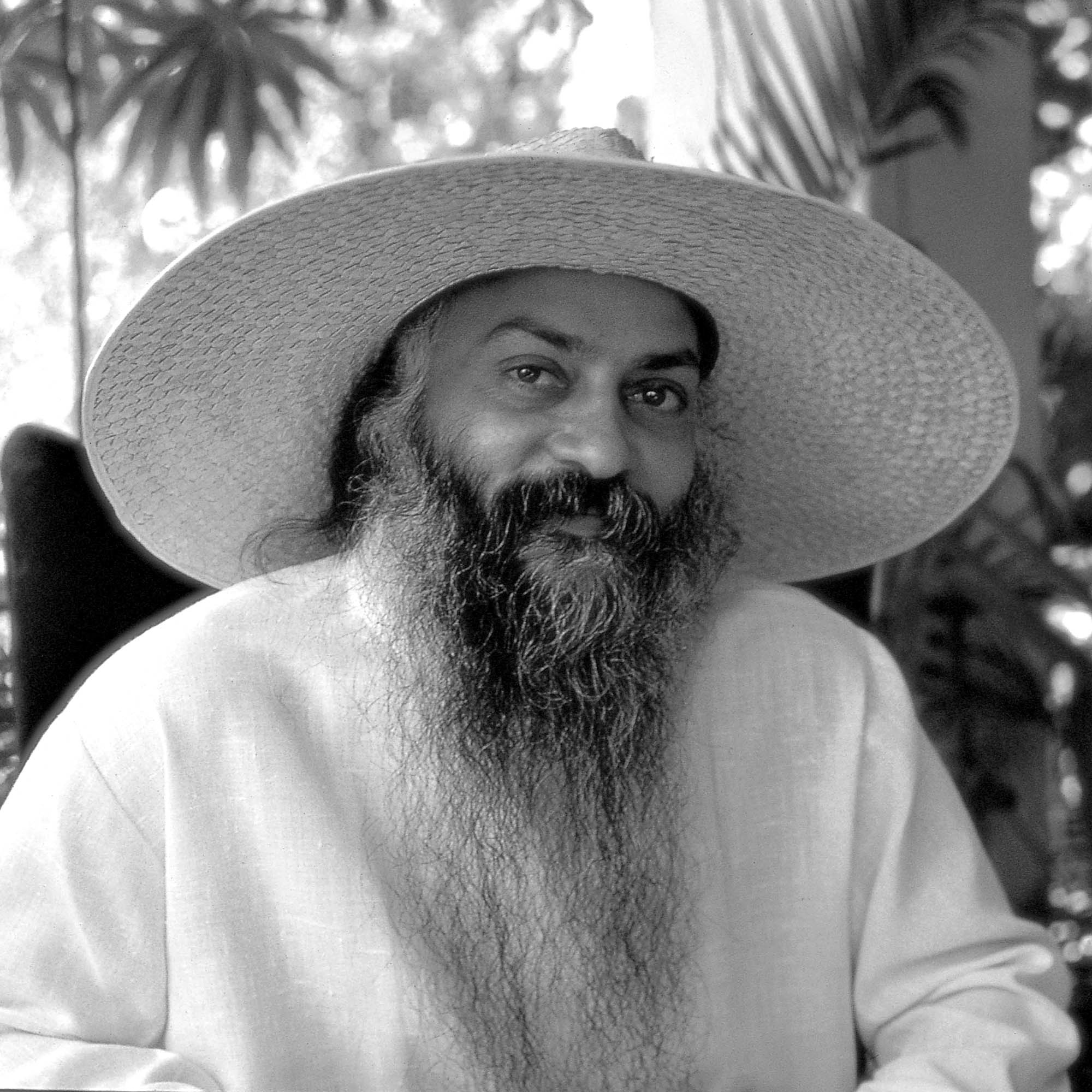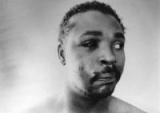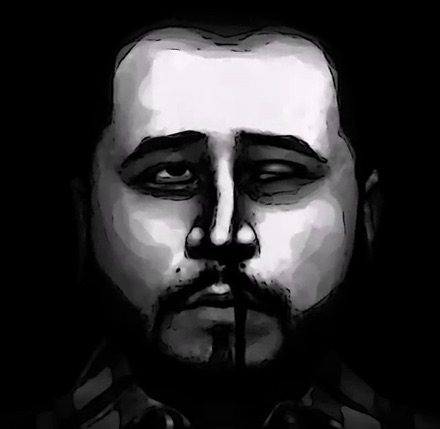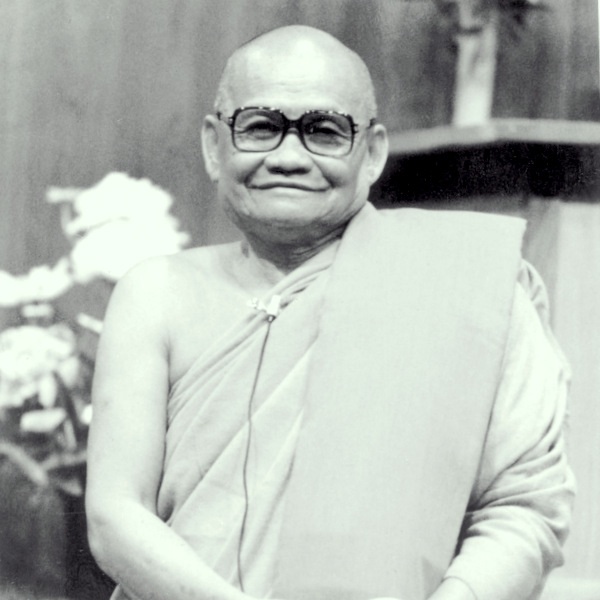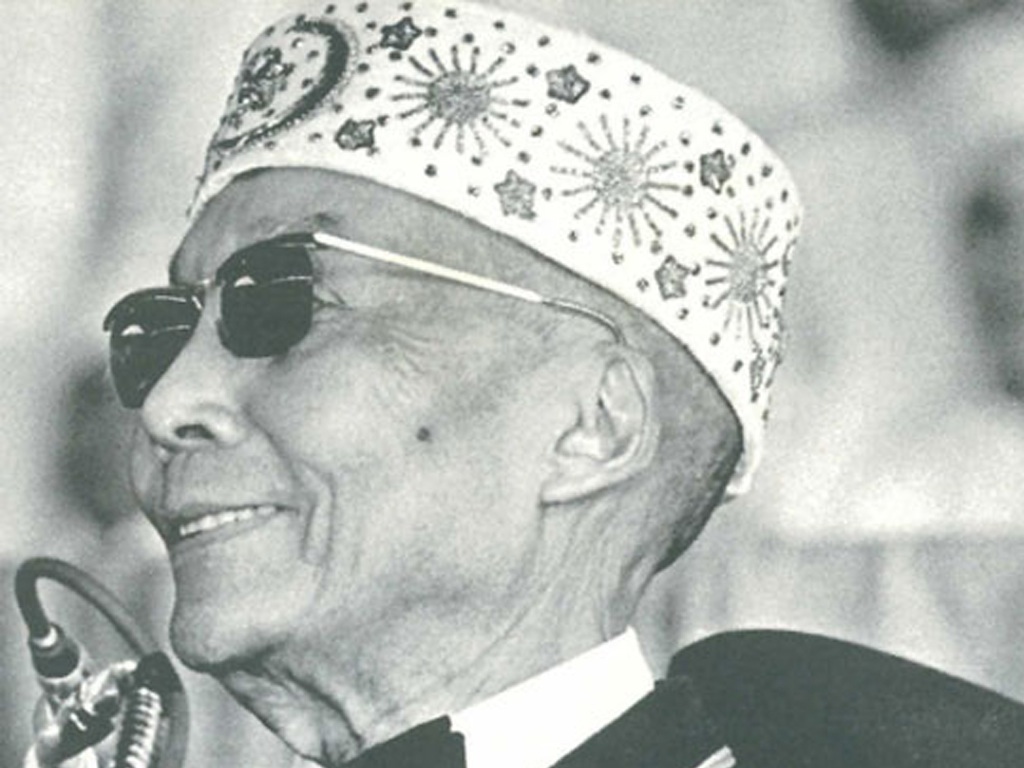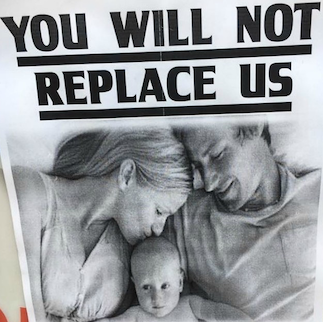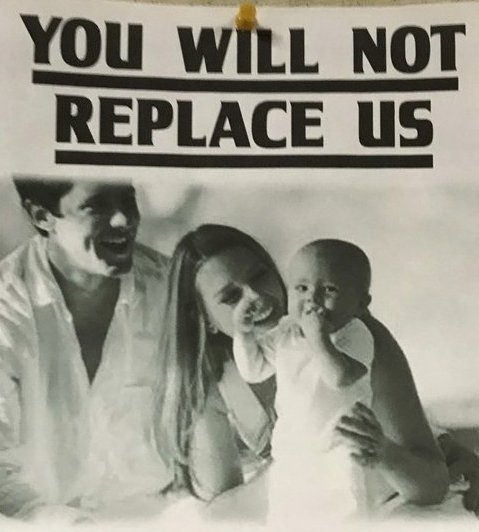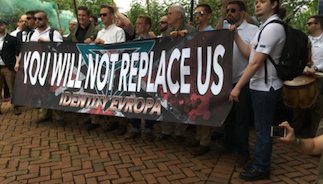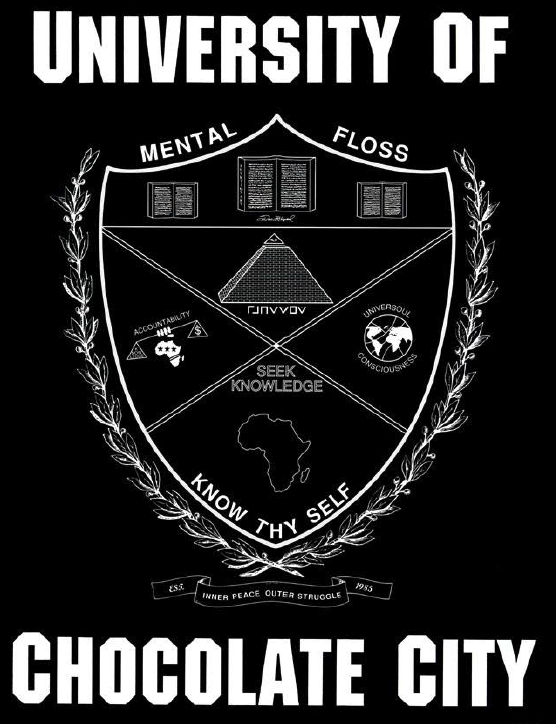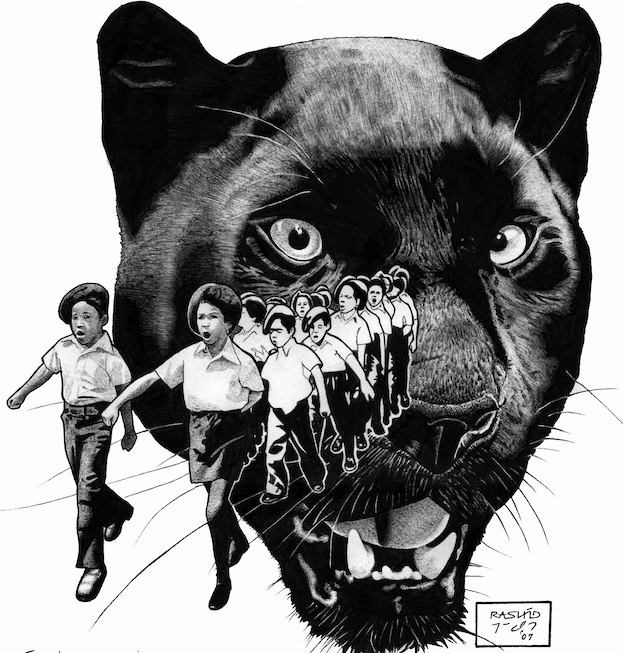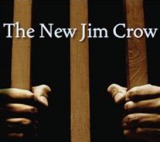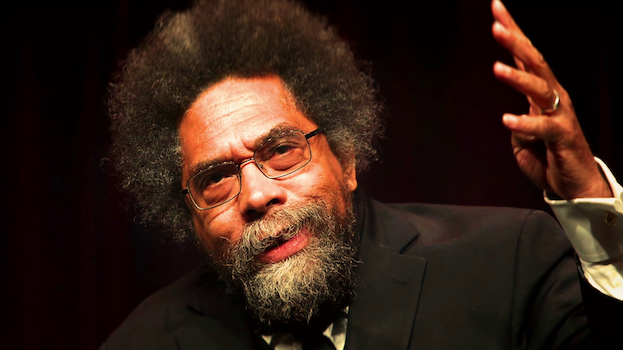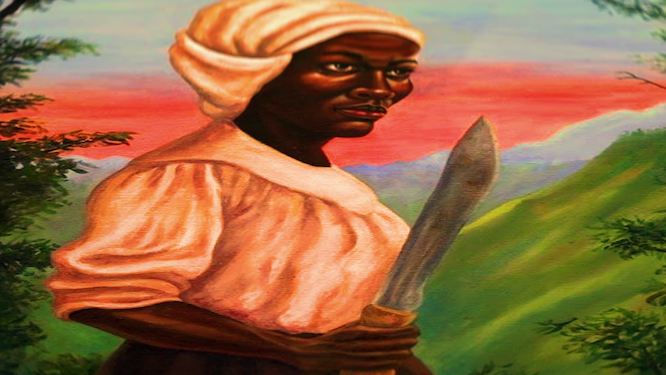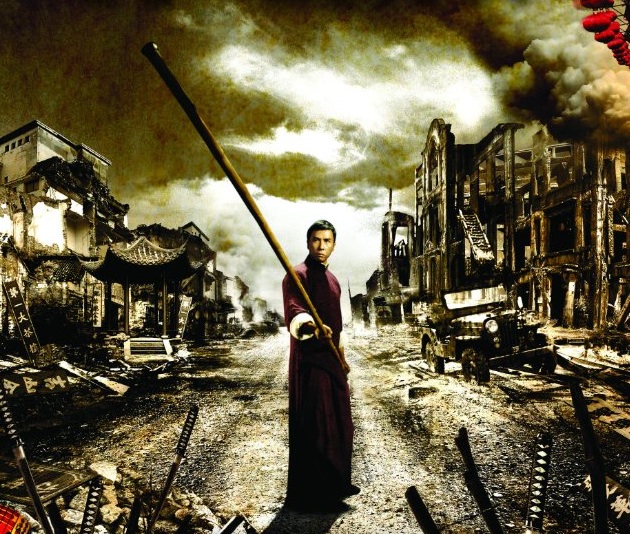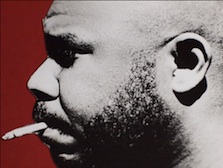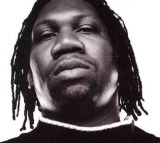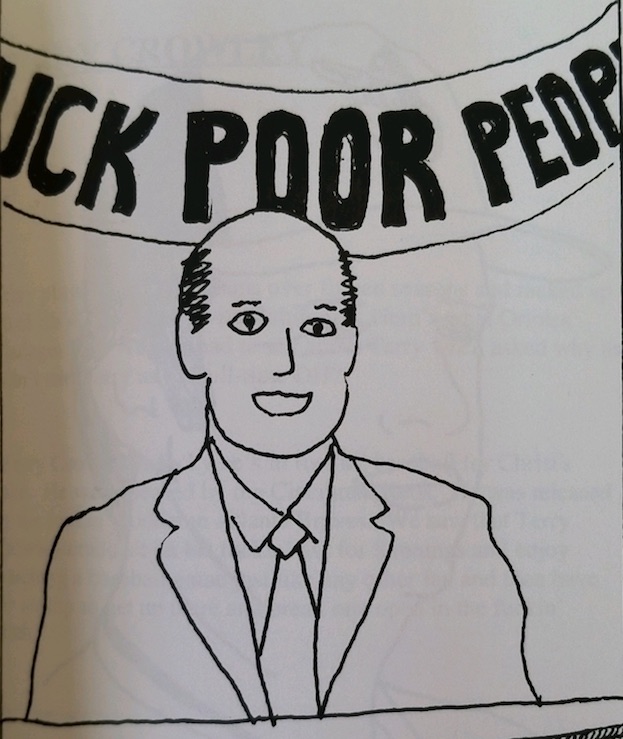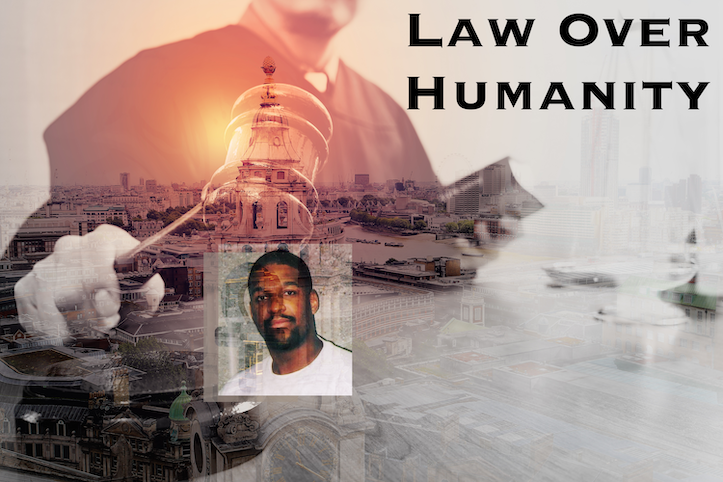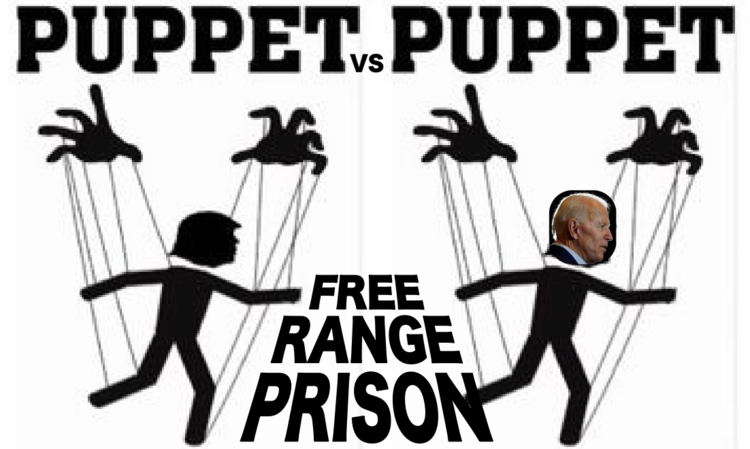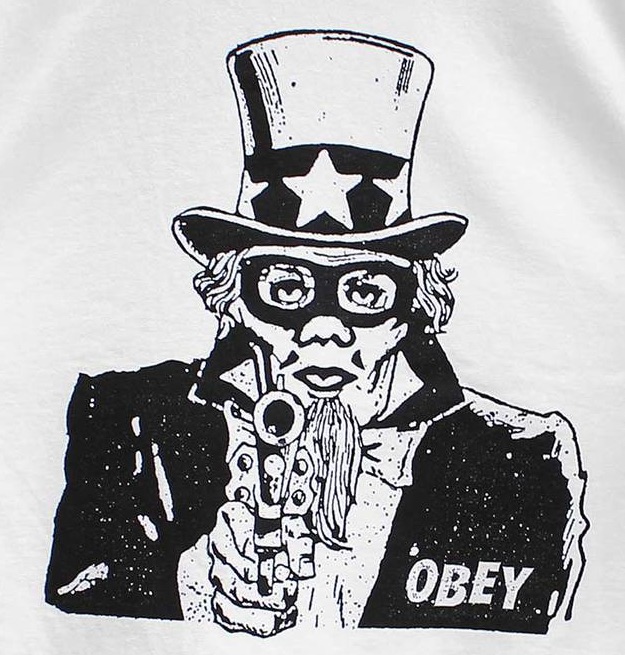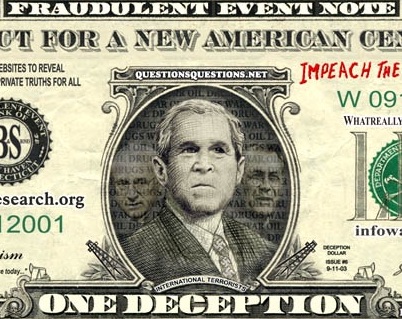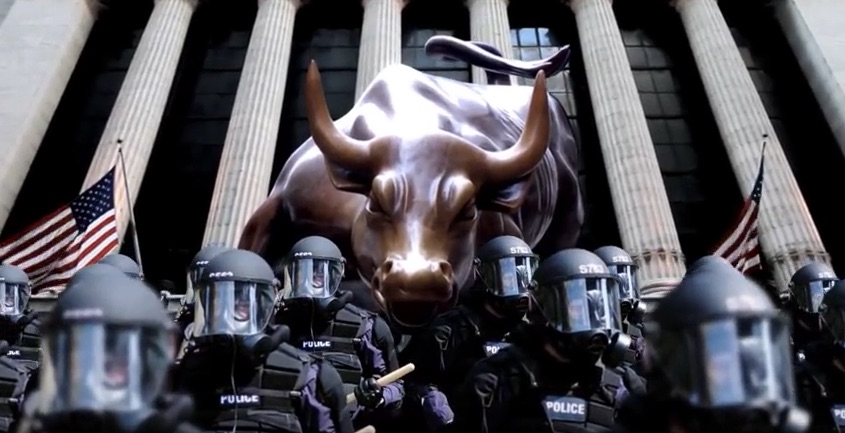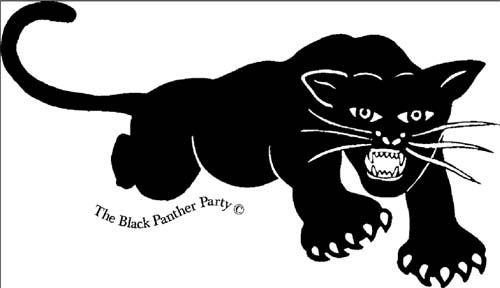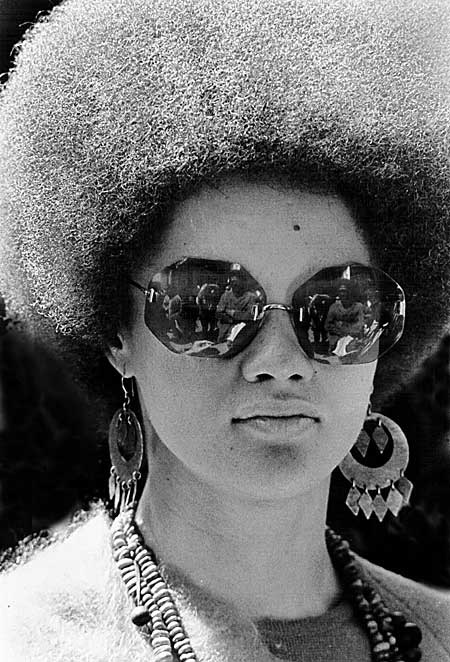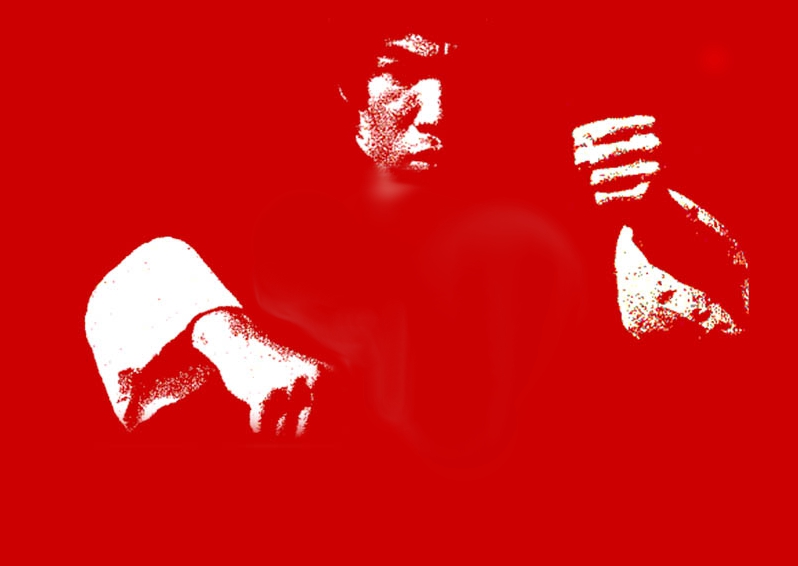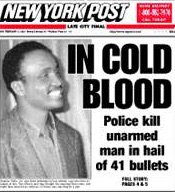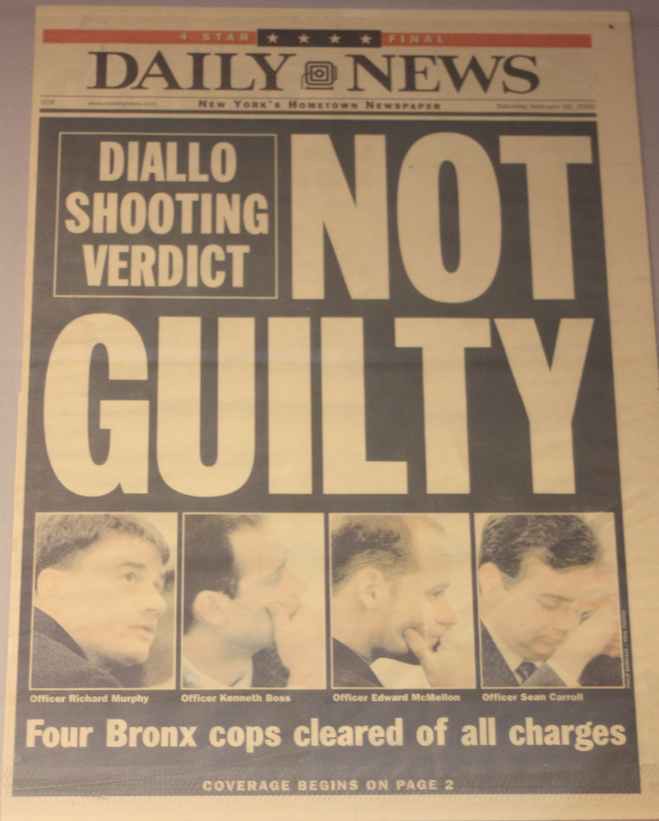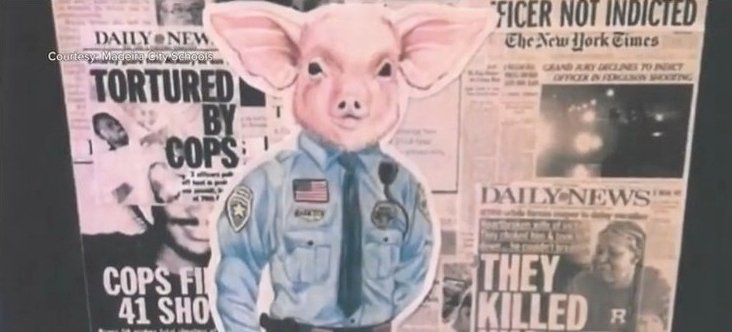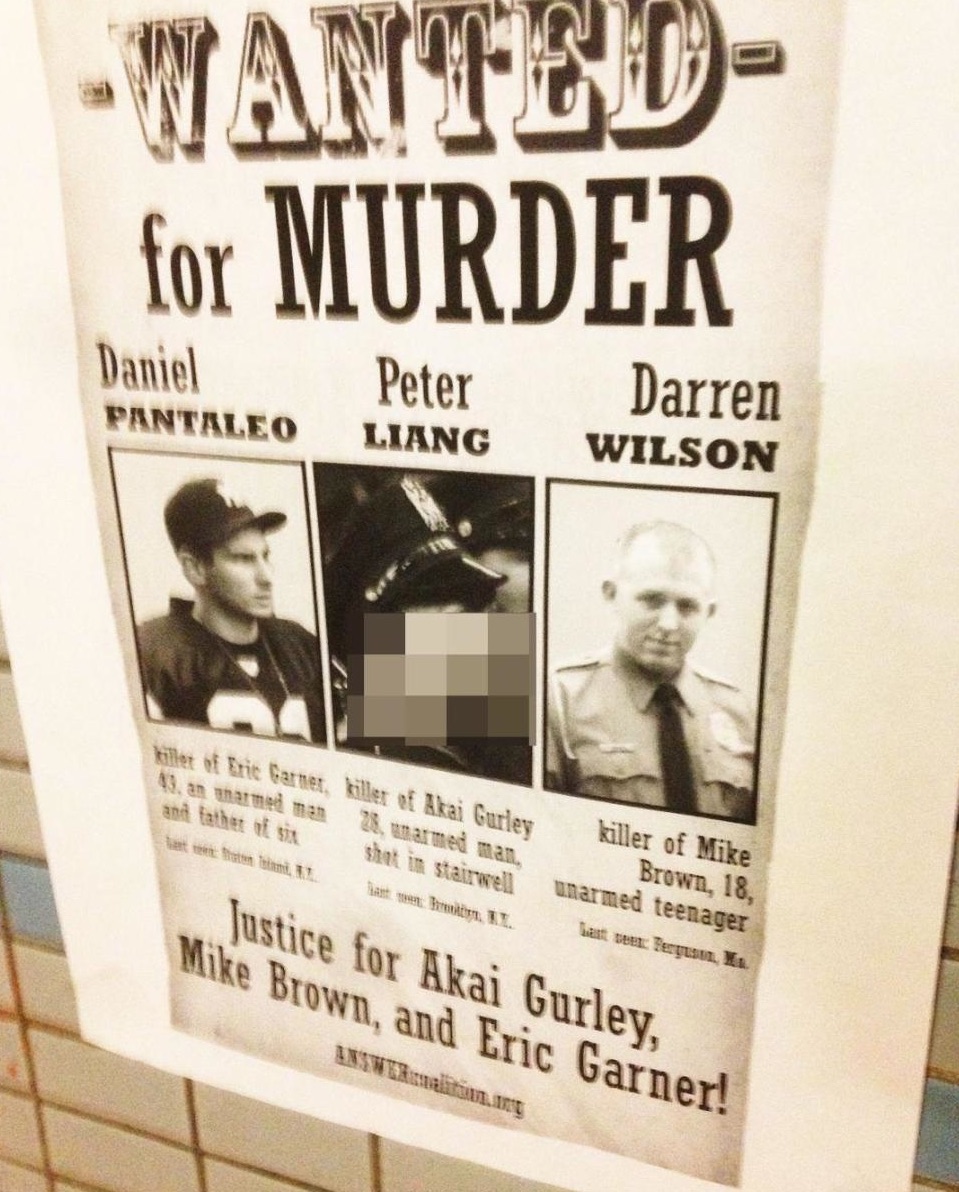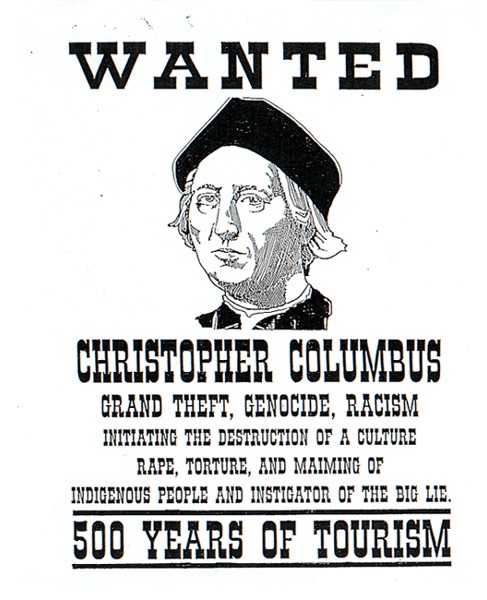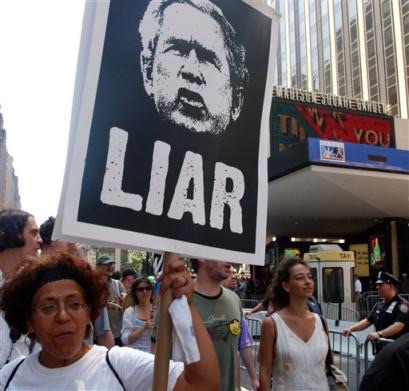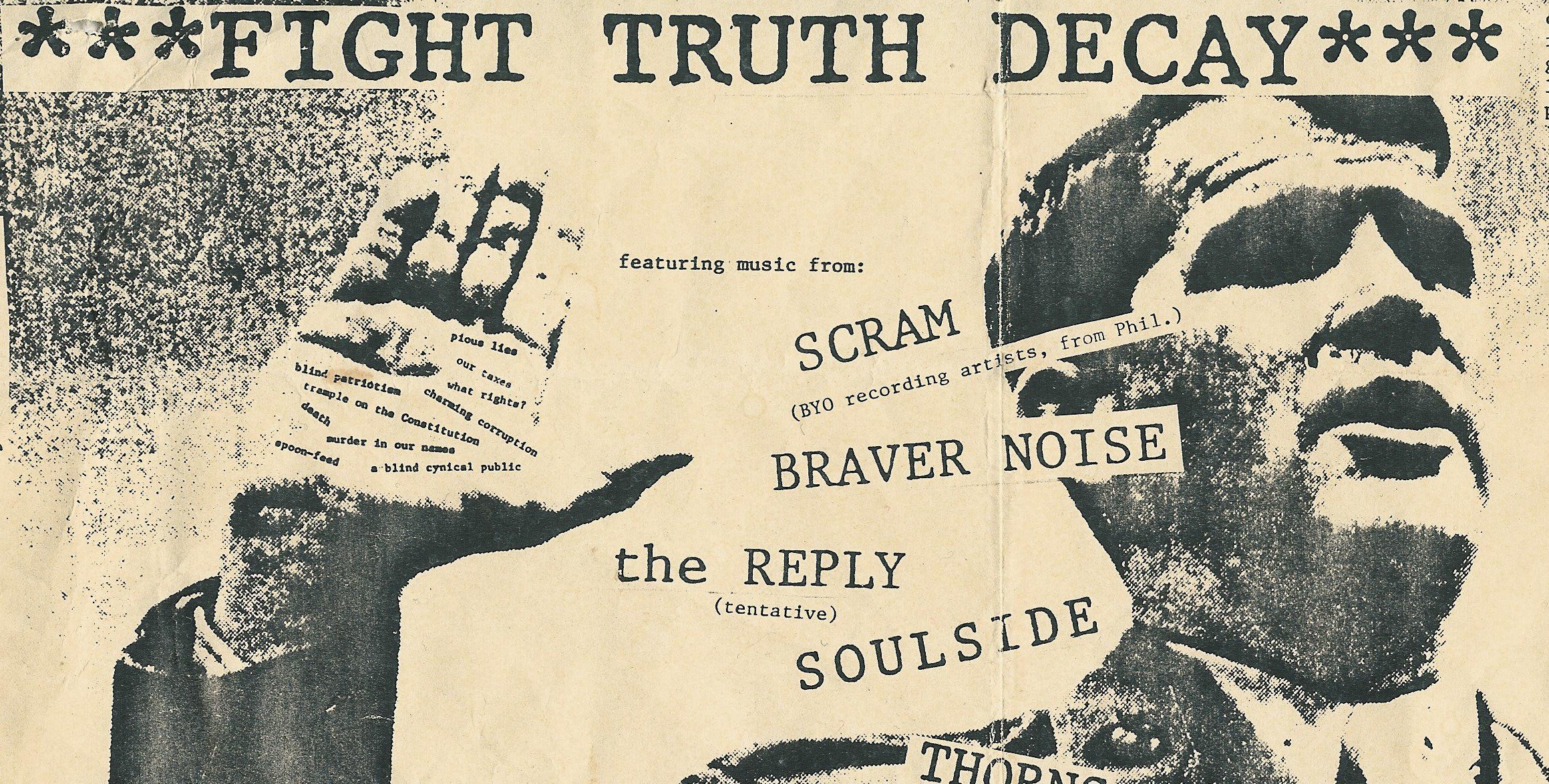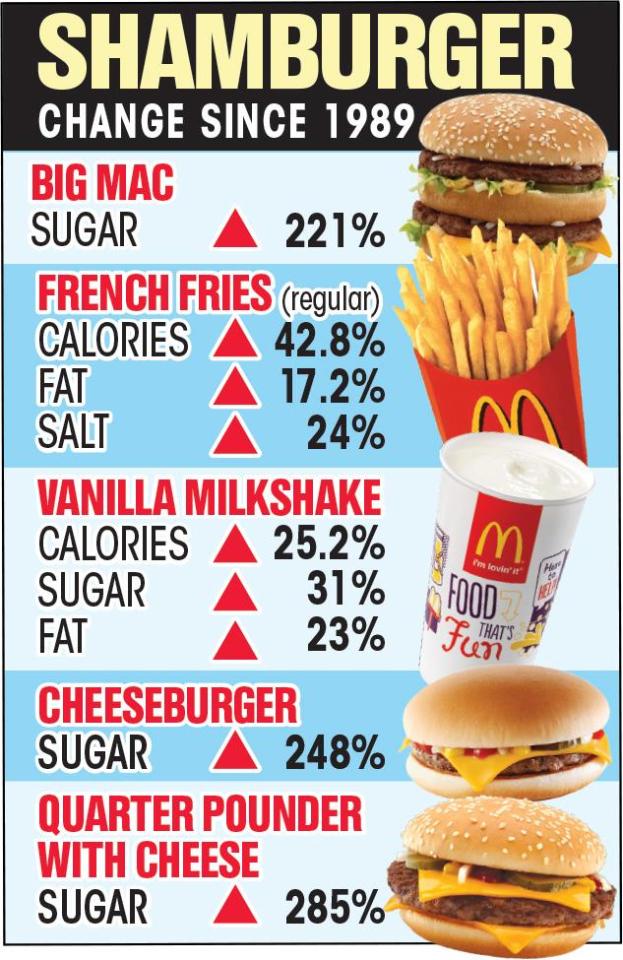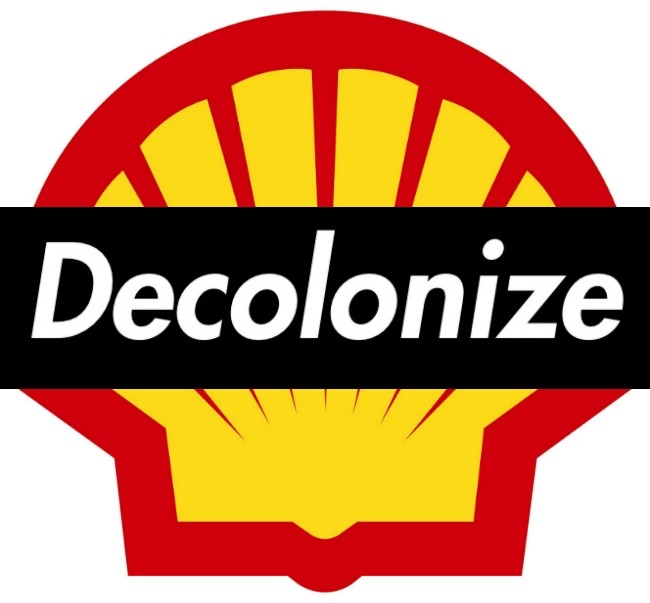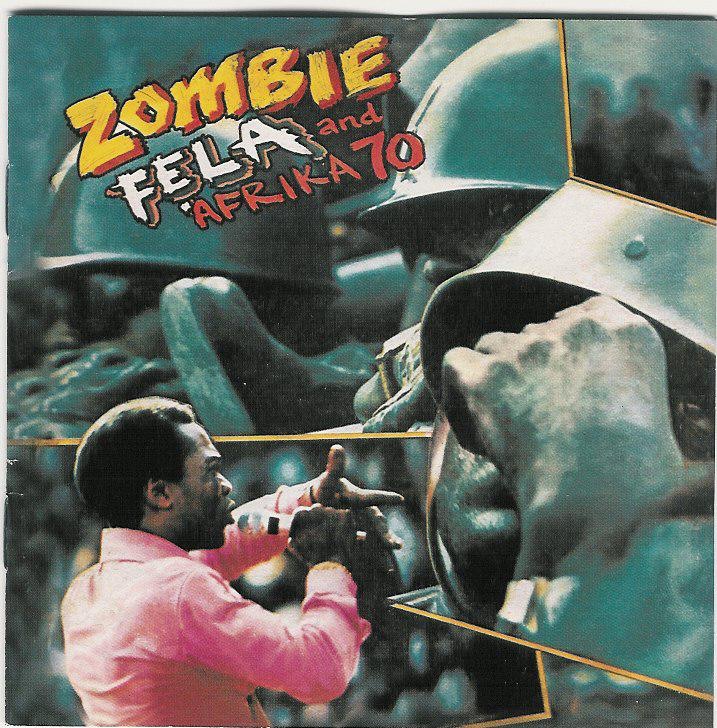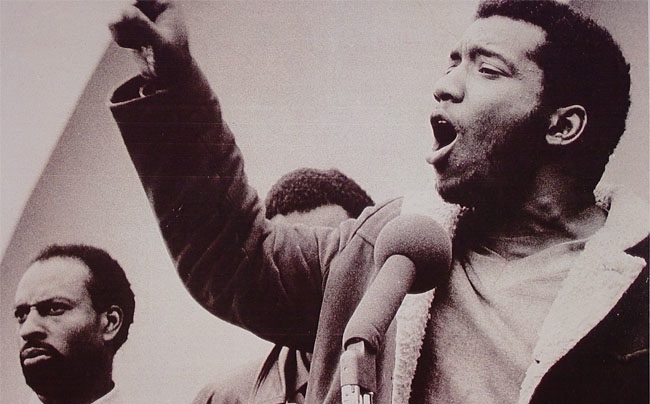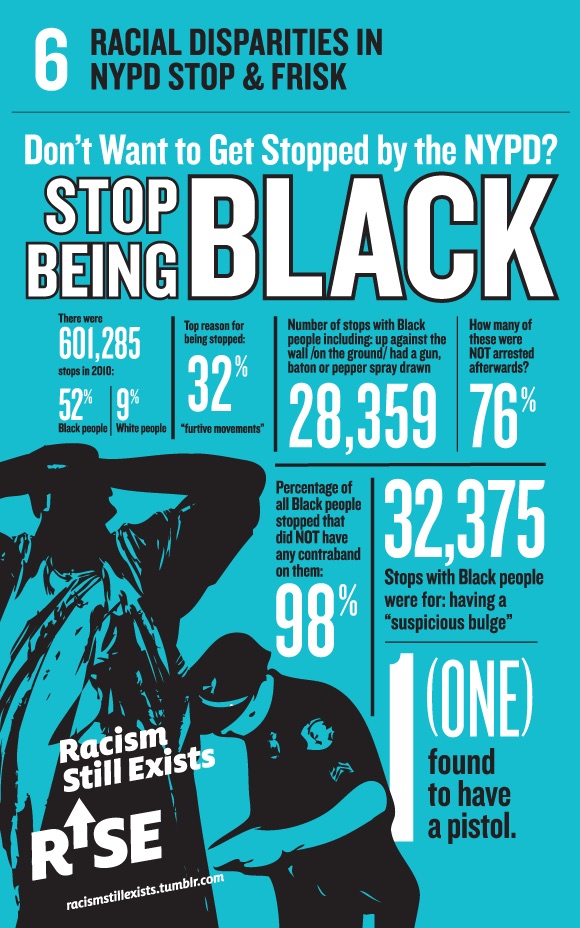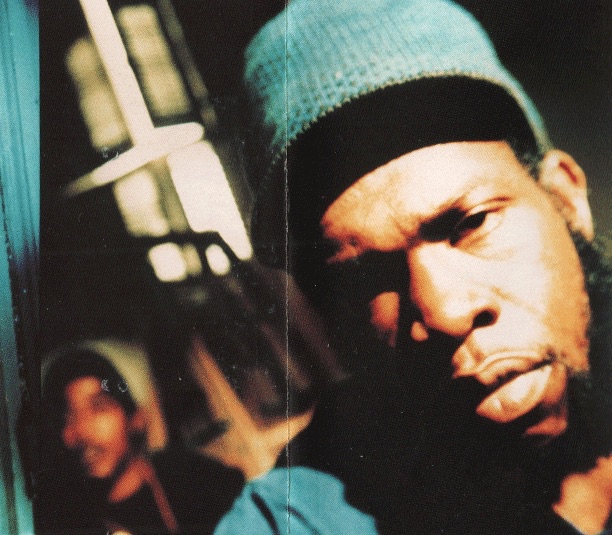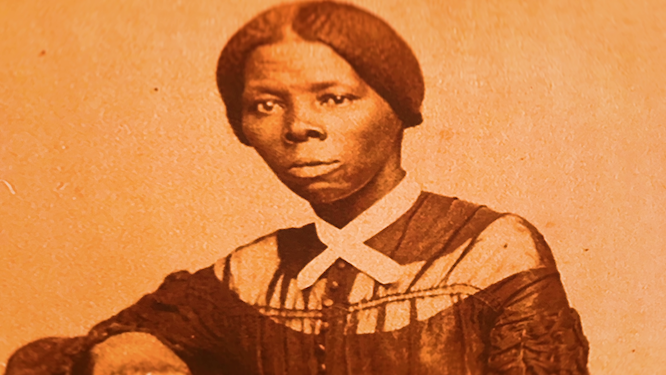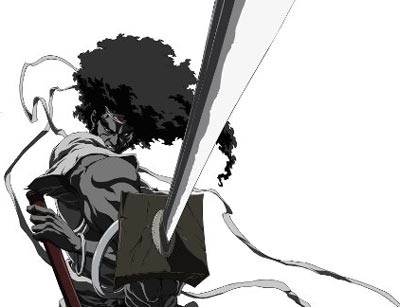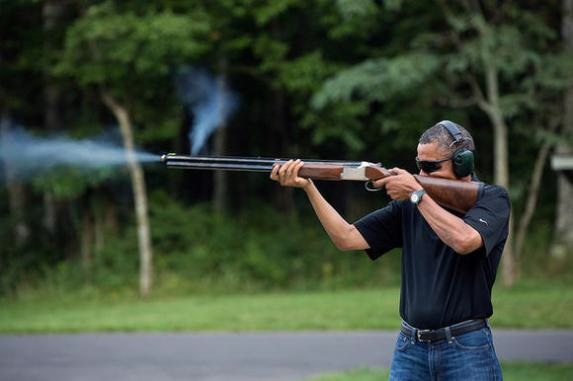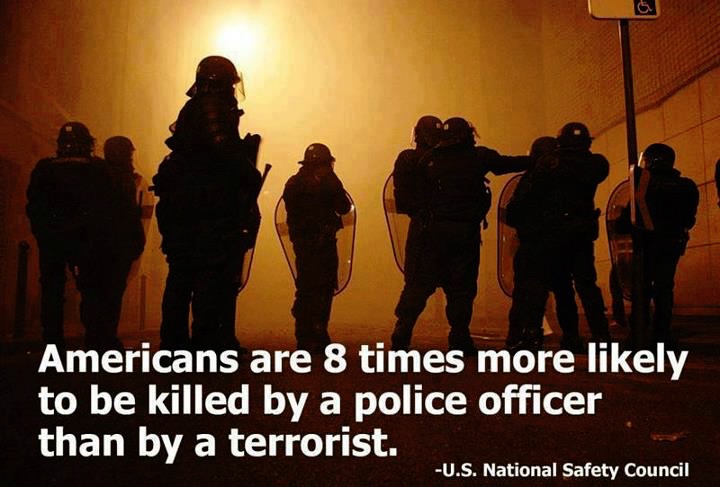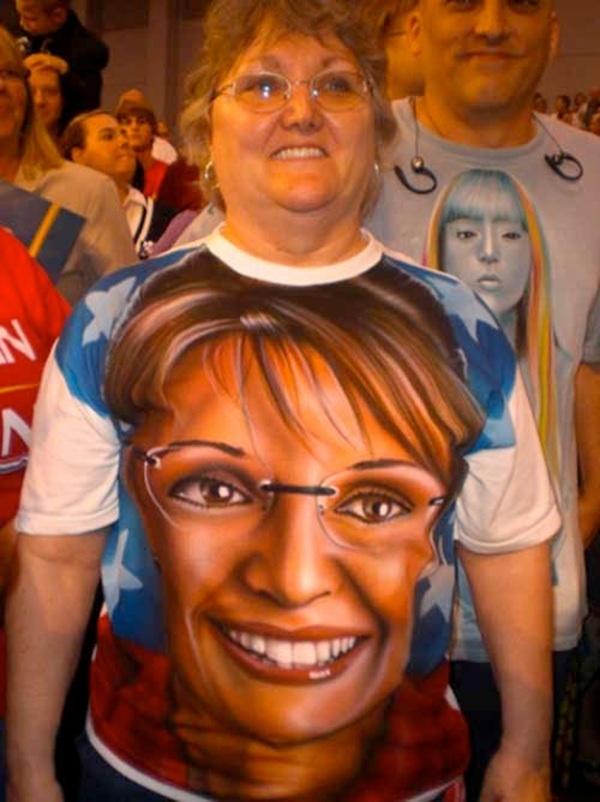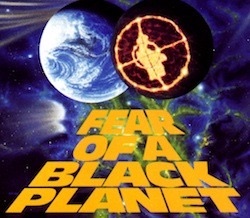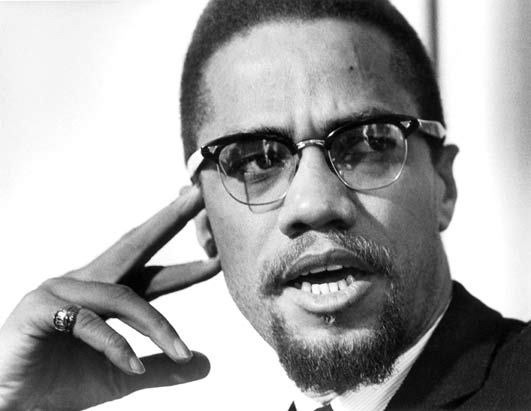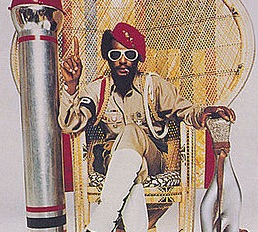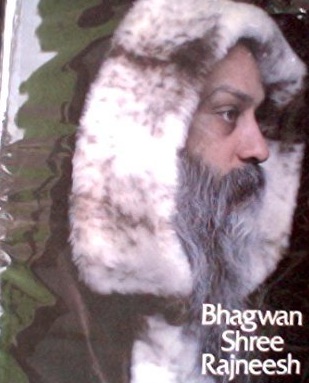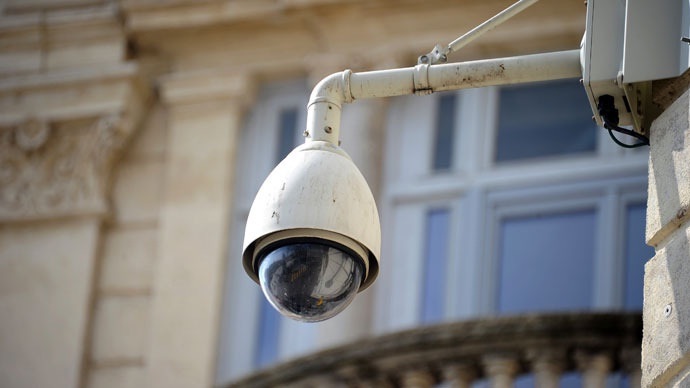NAACP is Revamping for a Faster-Paced Political Climate But Remains Terrified to Confront White Supremacy
/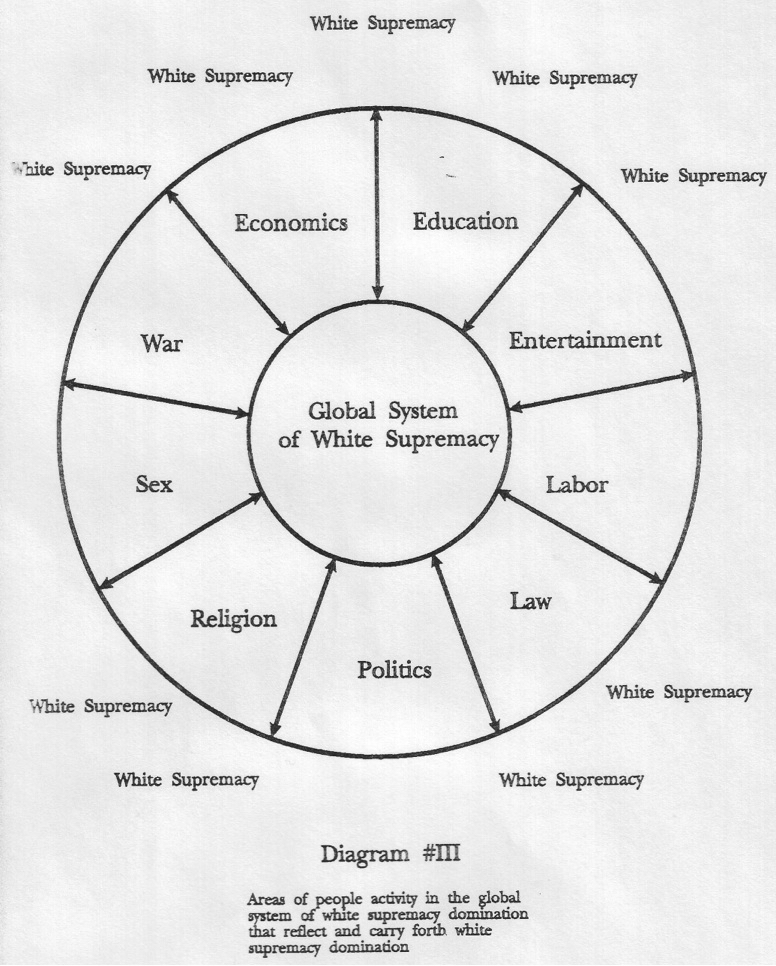
The Fear of Confronting White Supremacy. From [HERE] As protests intensified after the police shooting death of Michael Brown in Ferguson, Mo., three years ago, DeRay Mckesson had a thought familiar to many civil rights activists over the years.
“I remember being in the streets of Ferguson in the earliest days, we just knew the NAACP was going to come in for us,” the Baltimore-based activist said.
“And then it didn’t happen. Many of us realized we had to be the people that had to fight for us.”
Mckesson would emerge from those protests as a leader of the Black Lives Matter movement — which itself would emerge as a major voice in the struggle for racial justice. The NAACP did play a role — just one removed from the chaotic, confrontational scenes broadcast around the world. A local chapter worked behind the scenes to protect witnesses to the shooting. Later in the year, after a grand jury declined to indict the white officer in the killing of the black teenager, its national leaders organized a Selma-to-Montgomery-style march.
But as protesting has shifted in recent years to rapid-response efforts and social media campaigns, the nation’s oldest and largest civil rights organization can come off as lumbering or missing in action — its size and the weight of its storied history unwieldy in today’s fast-twitch political landscape.
NAACP leaders, meeting in Baltimore through Wednesday for the organization’s national convention, say it needs to change with the times — but no clear consensus has emerged on how. Leon W. Russell, chairman of the NAACP board, said leaders have embarked on a “listening tour” to gather ideas for “bringing our operation into the 21st century.”
Some would say that the fact this is only now happening, 17 years into the century, is emblematic of the group, which is headquartered in Baltimore. At a time when masses can be mobilized at the drop of a Tweet — to descend on airports to protest the travel ban, or to call members of Congress to weigh in on the health care proposals — the NAACP is a largely decentralized organization of more than 2,000 local branches that work largely on their own issues, independent of each other.
Russell said the update will include improving communications between the NAACP’s local and national operations. But he believes the branches are the heart of its work.
“That’s where the rubber hits the road,” he said.
Indeed, every day, local chapters field calls from someone facing an immediate problem.
Tessa Hill-Aston heads the Baltimore branch.
“The minute someone is fired from a job, or has a young adult in their life who maybe is having a negative interaction with police or is in jail, or people who are being evicted — we have people coming to this door daily,” she said.
On the national level, the NAACP has a history of focusing on legislative and legal action on priorities such as voting rights and desegregation, leaving other groups to take more direct action on the streets. The group notes in its own official history notes that “it was criticized for working exclusively within the system by pursuing legislative and judicial solutions,” and that “leaders such as Martin Luther King Jr., of the Southern Christian Leadership Conference, felt that direct action was needed.”
The NAACP has been without a president and CEO since May, when it declined to renew the contract of Cornell W. Brooks as part of an organization-wide shakeup.
But on Saturday, the vice president of its board, Derrick Johnson, was named to the post on an interim basis.
Leaders said in May that they wanted to put the group in a better position to confront current political realities, such as a White House whose policies on key issues like criminal justice and education are at odds with its own. Why Brooks, who was arrested earlier this year leading a protest against Attorney General Jeff Sessions’ confirmation, did not have his contract renewed remains unclear; Russell would say only that the board is looking for the right “fit.”
Russell rebuked President Donald Trump this past week for declining to speak at the Baltimore convention.Previous presidents, Democratic and Republican alike, have appeared before the group.
“We get the message loud and clear,” Russell said in a statement. “We’ve lost the will of the current administration to listen to issues facing the black community.”
Russell generally prefers to strike a more moderate tone — when pushing back against the White House, he said, he has to consider how it might affect local chapters when they need federal assistance.
What would happen, he raised as an example, if a town in Florida was struck by a tropical storm and needed FEMA assistance?
He says he is frequently asked: “Are you going to be part of the resistance effort” against Trump?
“We actually went to civics class and understand the role of the government,” Russell said. “We’re not about anarchy. We’re about making government work.”
That kind of equanimity can exasperate not only younger activists and newer groups — it has also drawn fire from organizations as established as the Council of Bishops of the African Methodist Episcopal Church.
The bishops recently issued an open letter to the NAACP urging change, “lest it remain on its current path toward irrelevancy and ultimate demise.”
The letter appeared to have been prompted in part by the dismissal of Brooks, who in addition to being a Yale-trained lawyer is an AME minister. But it raises frequently leveled charges that the NAACP board is too unwieldy at 64 members, and needs to give younger people a reason to join.
“What is the mission and vision for the NAACP today?” the bishops asked. “If you get on a bus, you want to know where the bus is going. We don’t know where the NAACP is going. This is the reason many, particularly millennials, are not getting on the bus called the NAACP.”
Russell responded with a letter of his own, defending his group and inviting the bishops to the Baltimore convention.
On Saturday, NAACP officials launched what they called a “next-generation young professional leadership program” targeting those between ages 21 and 35. Noting that the organization now has 300,000 youth members, NAACP Washington branch president Akousa Ali said the initiative aims to train younger members on assuming leadership roles in the organization.
Ben Jealous was the youngest-ever president of the NAACP — he was 35 when named to the post in 2008. He was credited with energizing the group and doubling its revenues.
Now a Democratic candidate for Maryland governor, Jealous is both proud of the more youthful slant he brought to the organization but unconcerned about the demographics of its membership. Whether college age or retirement age, he said, NAACP members “want to change the world,” and the threats posed by the current administration require an all-hands-on-deck approach.
Jealous, who is scheduled to speak at the convention, points to his record boosting online engagement and prioritizing issues of particular concern to younger generations, such as the toll of mass incarceration.
That’s among the issues that have particular resonance for young people on the agenda of the convention.
“It’s critical at this moment that the NAACP stay engaged in the fight for educational equity on the one hand,” he said, “and ending mass incarceration on the other.”
Jealous sees a particularly active role for the organization since Trump’s election.
“Times like these make the NAACP as important as ever,” he said. “We, it, are living through a moment when the president and the attorney general are taking our nation rapidly backward. The NAACP is one of the few organizations with the strength to push back.”
Another former NAACP president, Kweisi Mfume, will also attend. As with other progressive groups, Mfume said, the NAACP seems revitalized by the election of Trump. But he hopes the organization won’t define itself only by its opposition to the president.
“This is not the time to be against Trump just because it’s fashionable,” Mfume said.
Mfume, the Democratic former U.S. representative from Baltimore who left Congress in 1996 to take over the NAACP, was president of the organization in 2000, the last time the group convened in Baltimore.
Befitting a presidential election year, the gathering was highly political: President Bill Clinton and the two men who hoped to replace him, Democrat Al Gore and Republican George W. Bush, gave speeches, as did then-first lady Hillary Clinton.
Mfume and Jealous are among three past NAACP presidents with local ties. The late Enolia P. McMillan, who held the title in the 1980s, was instrumental in moving its national headquarters here from New York in 1986.
While the convention is viewed as something of a homecoming for the NAACP, that characterization makes West Baltimore activist Ray Kelly chuckle.
“Where’ve you been?” he asked.
Kelly directs the No Boundaries coalition of community activists, who address issues ranging from food security to police brutality. Like Mckesson, he wonders where the Baltimore-based national group is when street protests erupt — as in April 2015, after Freddie Gray died in police custody.
“People jumped on planes and came from Ferguson, Missouri, to stand with us, but the NAACP didn’t jump on the subway to be with us,” Kelly said.
He notes that the local chapter was involved — Hill-Aston attended protests, for example, sometimes in the company of Gray’s family.
Kelly and Mckesson say their differences with the NAACP are about tactics, not goals. Both activists are scheduled to speak on panels at the convention.
“We’re all fighting the same fight,” Kelly said. “We still need that traditional activism and organized effort that the NAACP represents.”
Kelly said he welcomes the opportunity to engage the NAACP on local issues such as the consent decree the city has entered into with the Justice Department to reform the police department, and the City Council proposal for a mandatory minimum sentence for carrying a handgun.
Mckesson, who will be part of a panel geared toward younger convention attendees, sees a seat at the table for a range of activists.
“I think times have changed. Social media has accelerated everything,” he said. “It allowed people to meet without an organization.
“The NAACP has an incredible legacy,” Mckesson said. “There’s a role for everyone who believes in equity and justice. We may disagree on how to get there, but we agree on what it will look like when we get there.”
